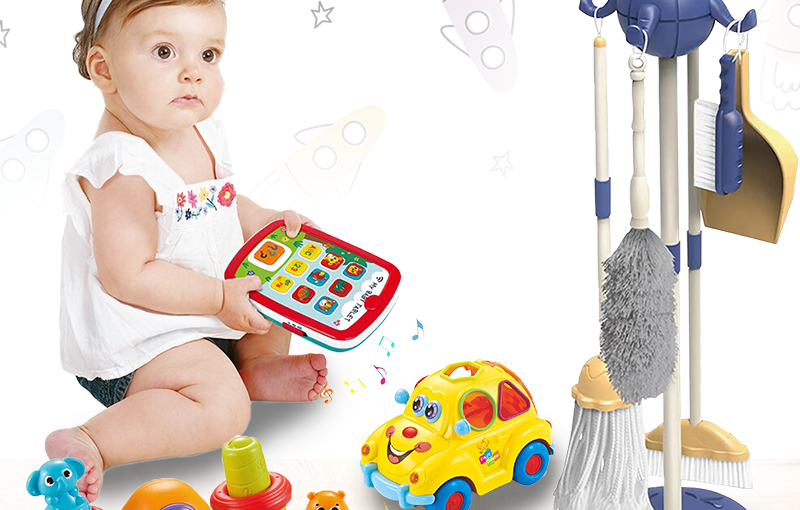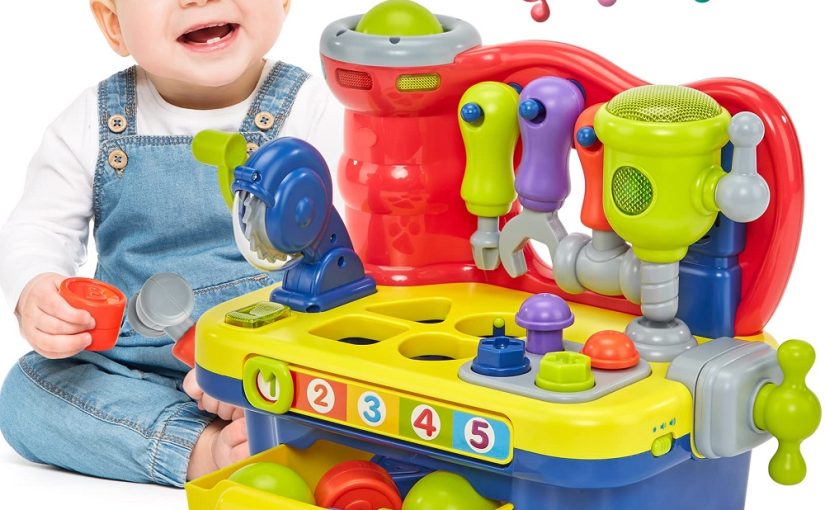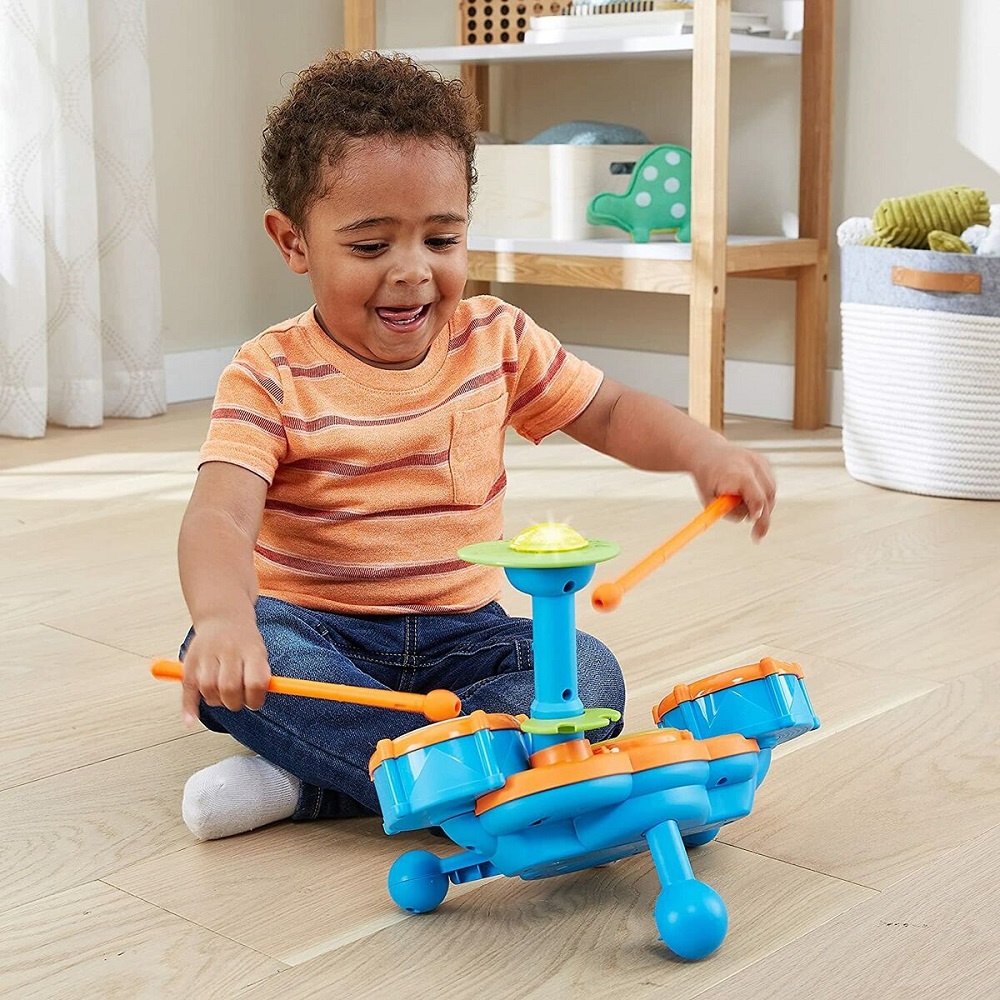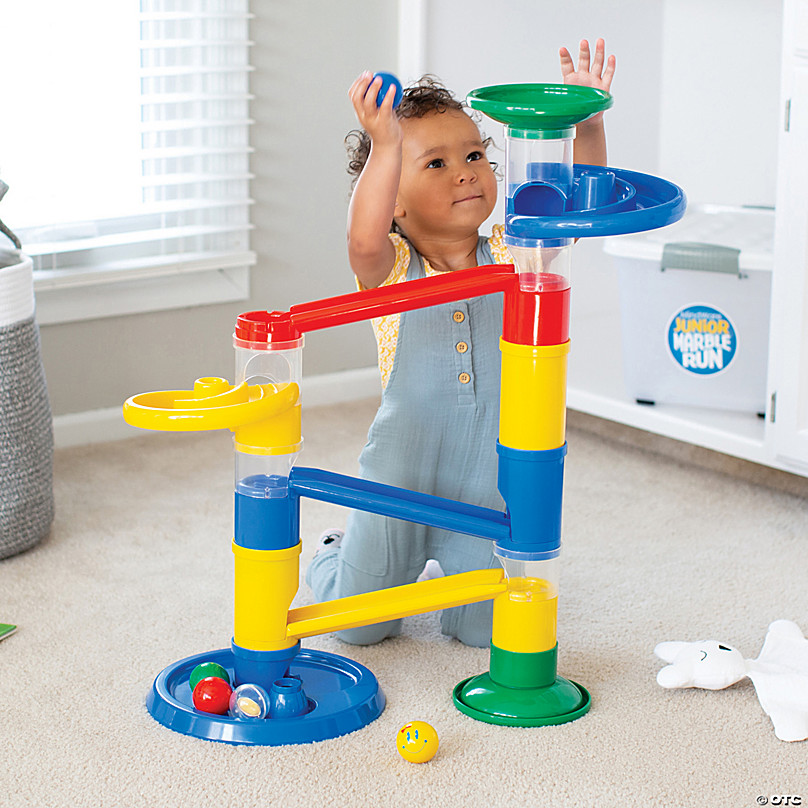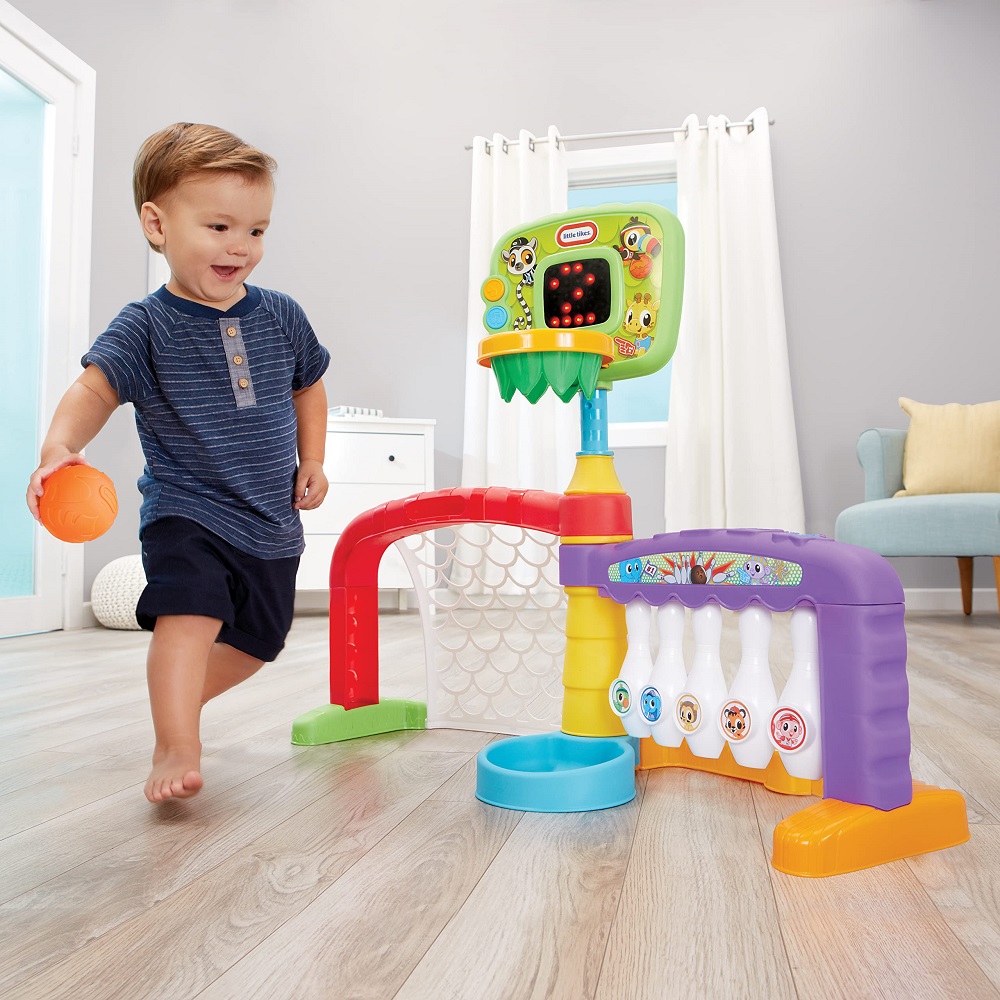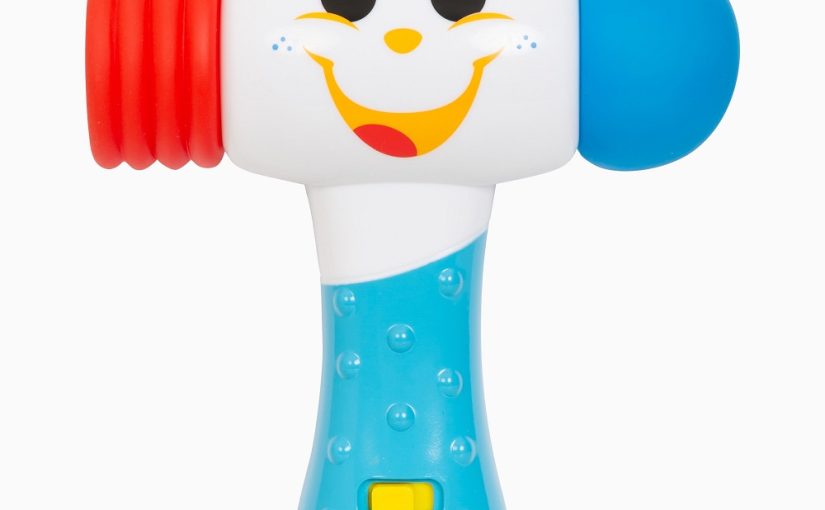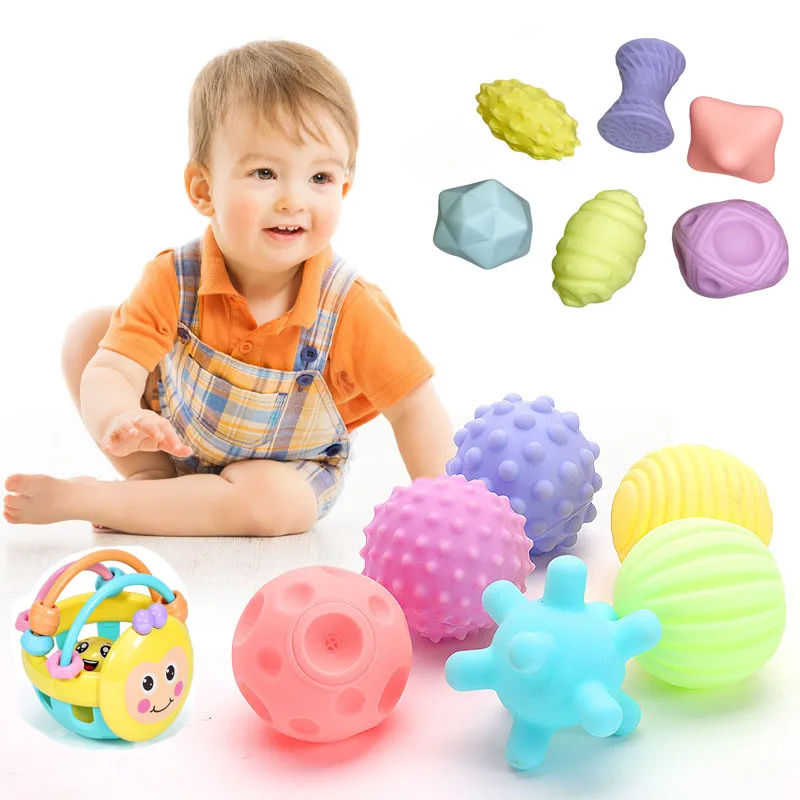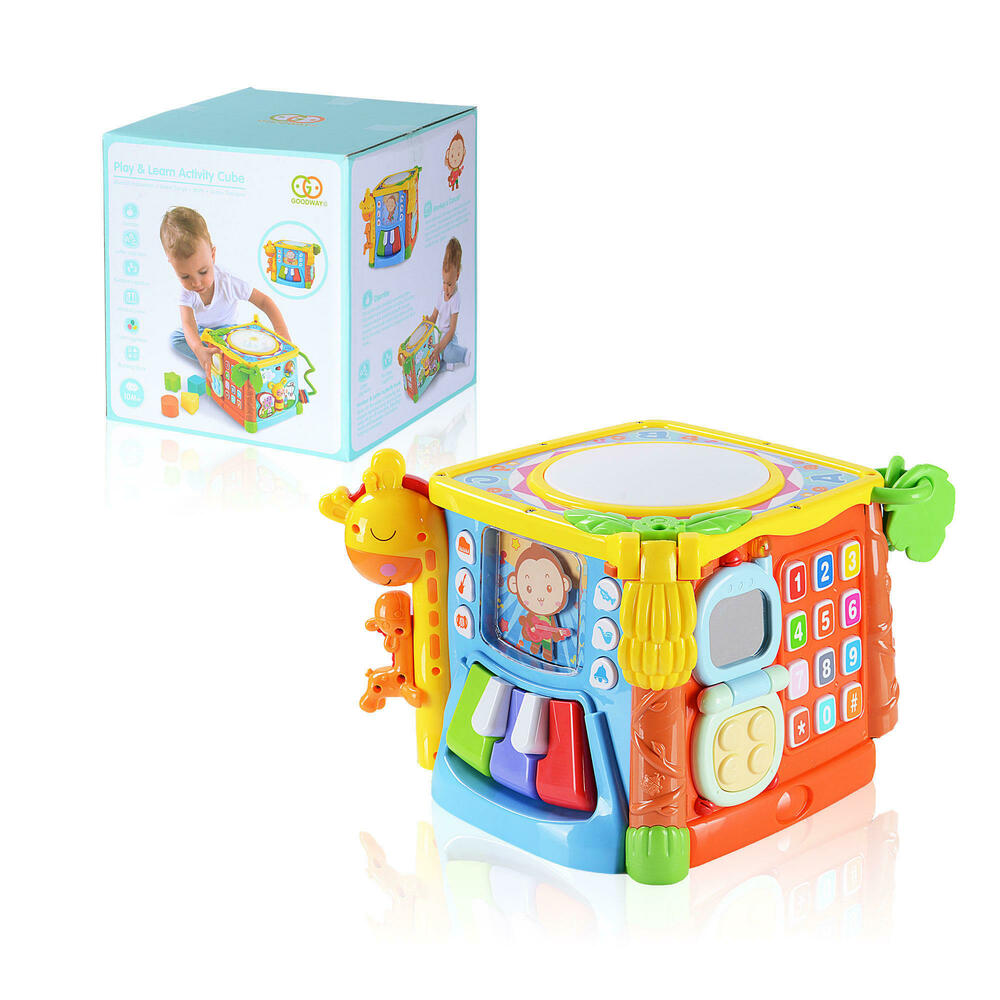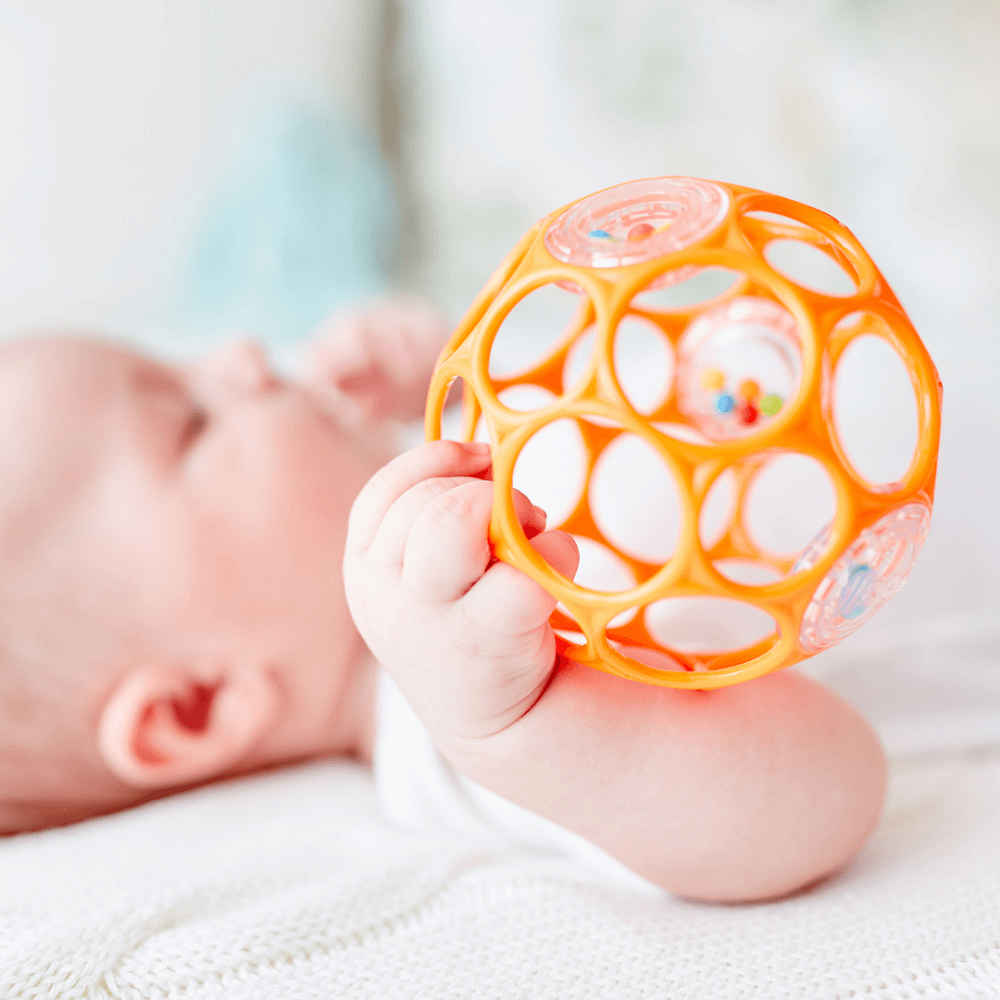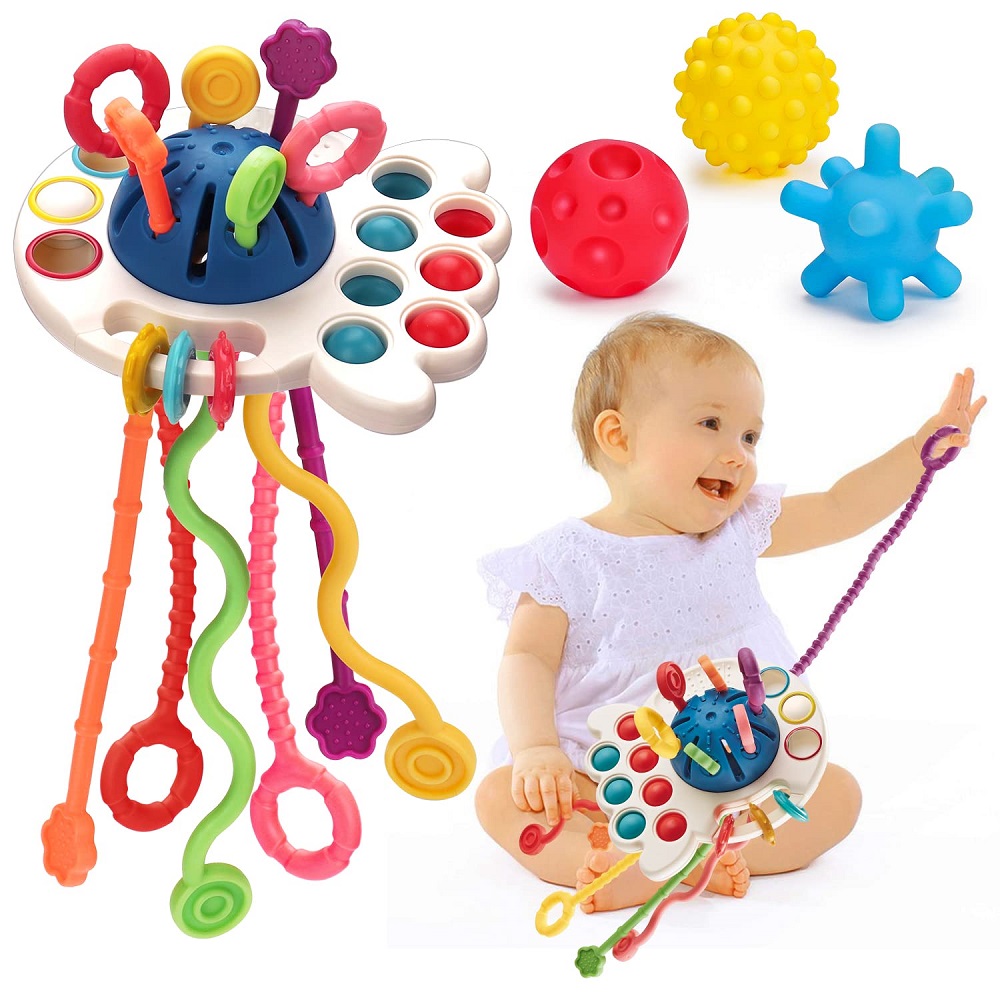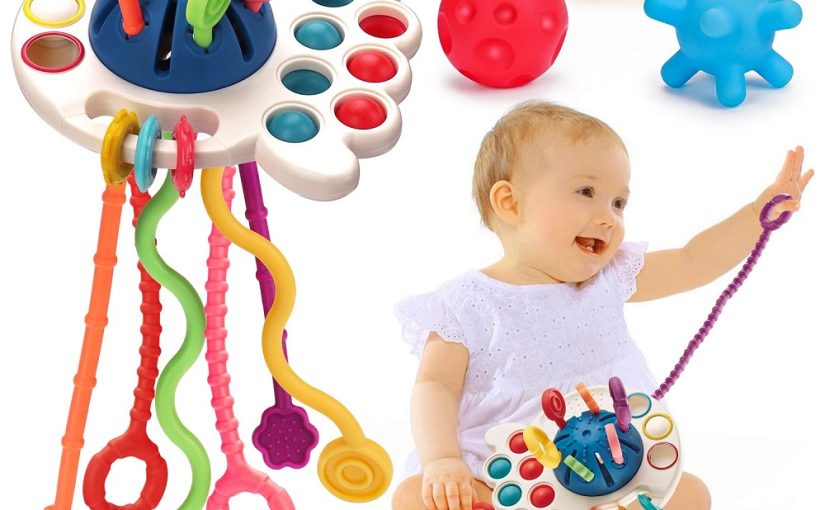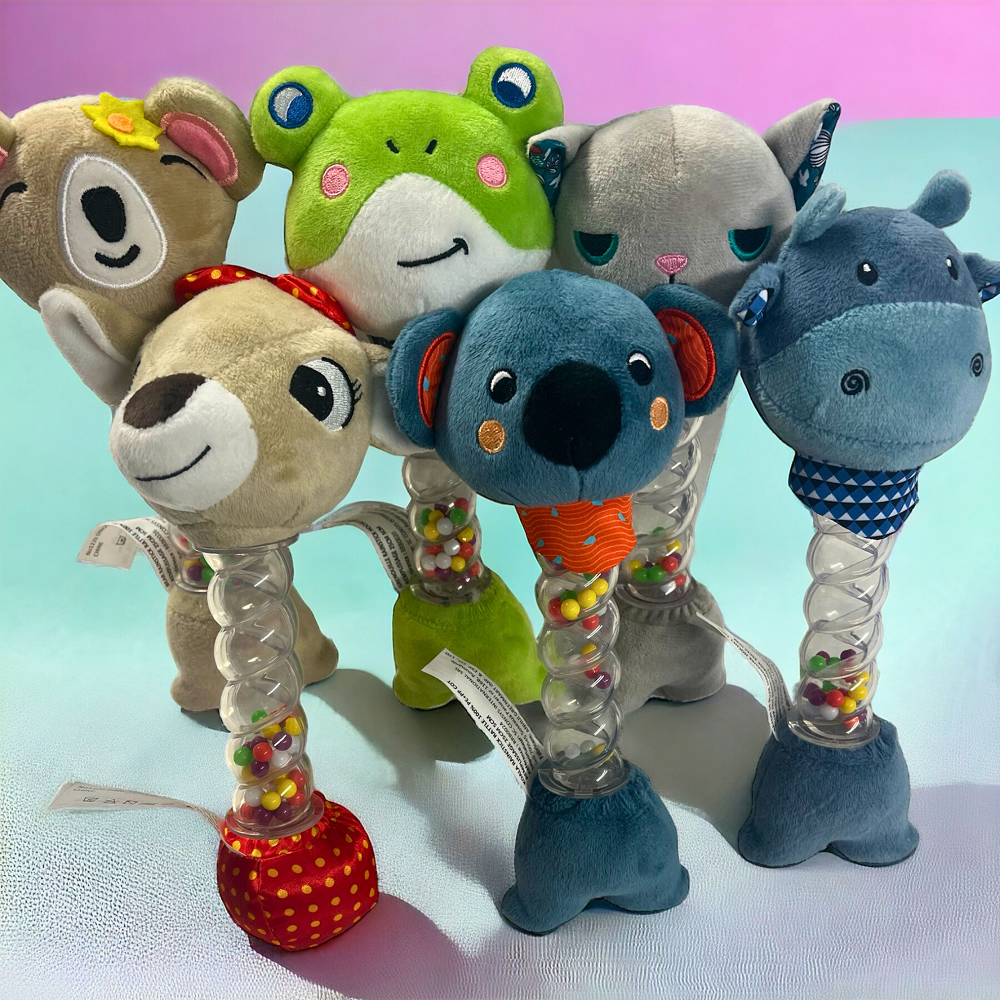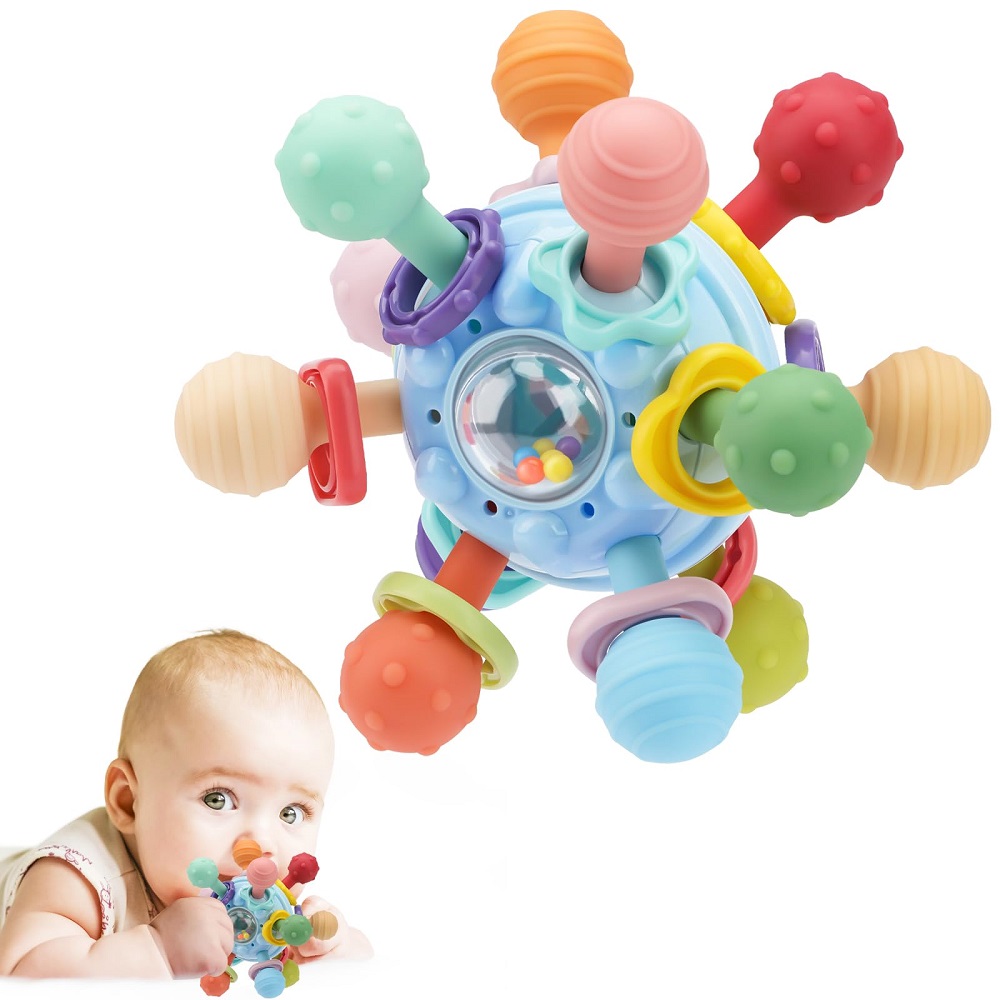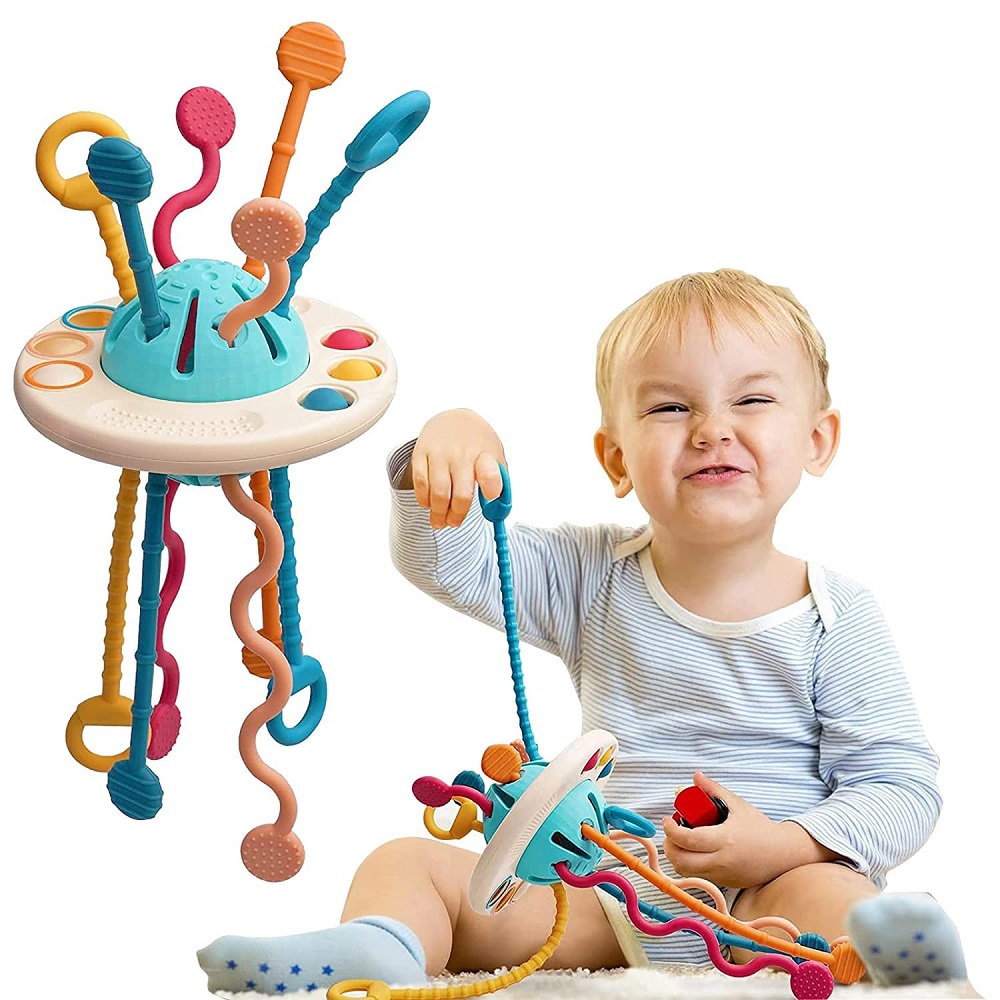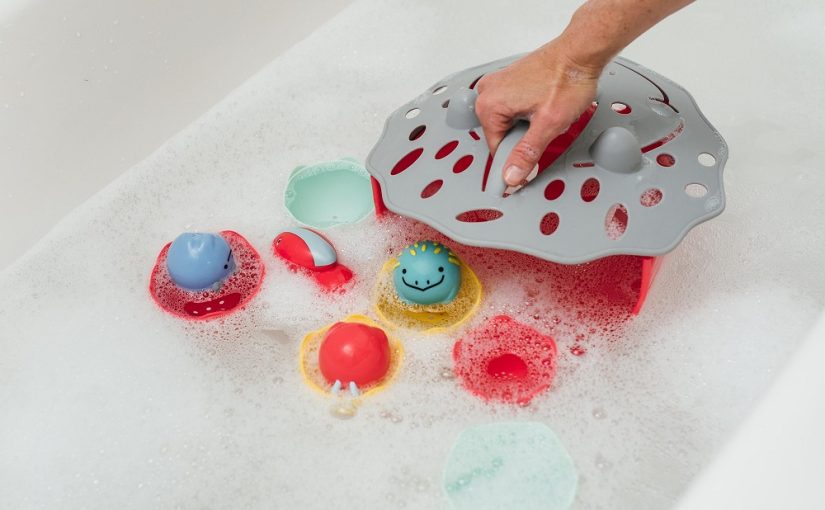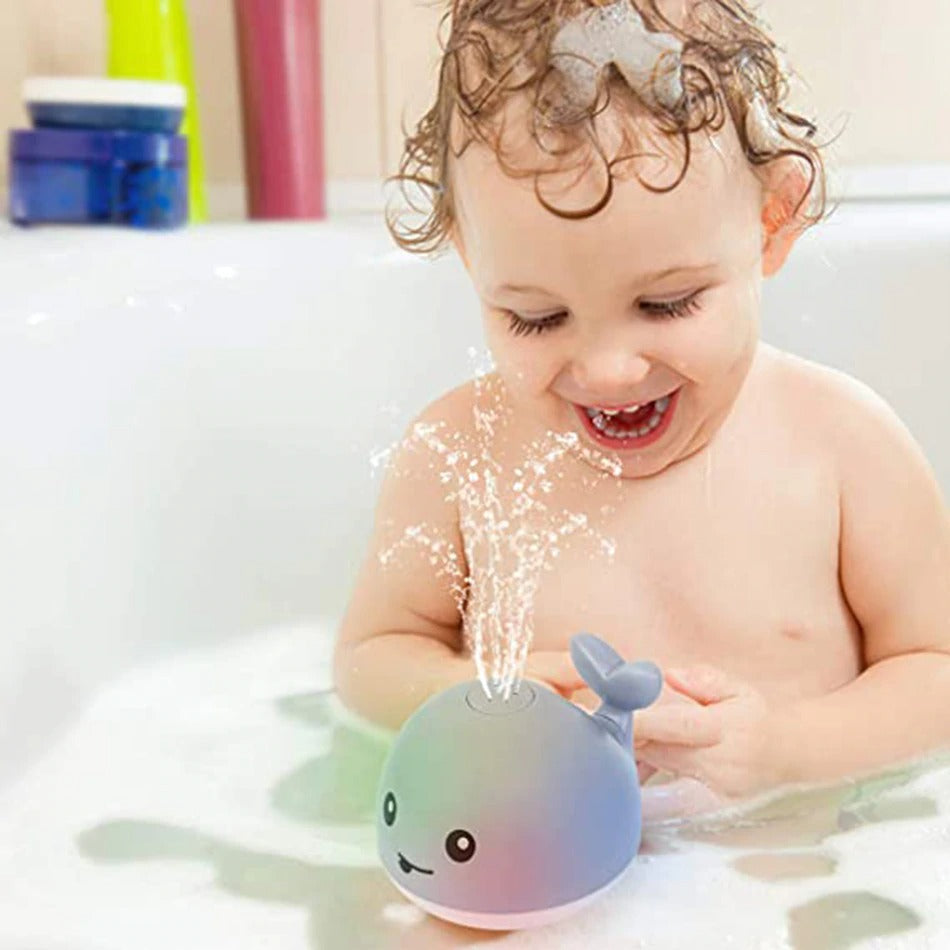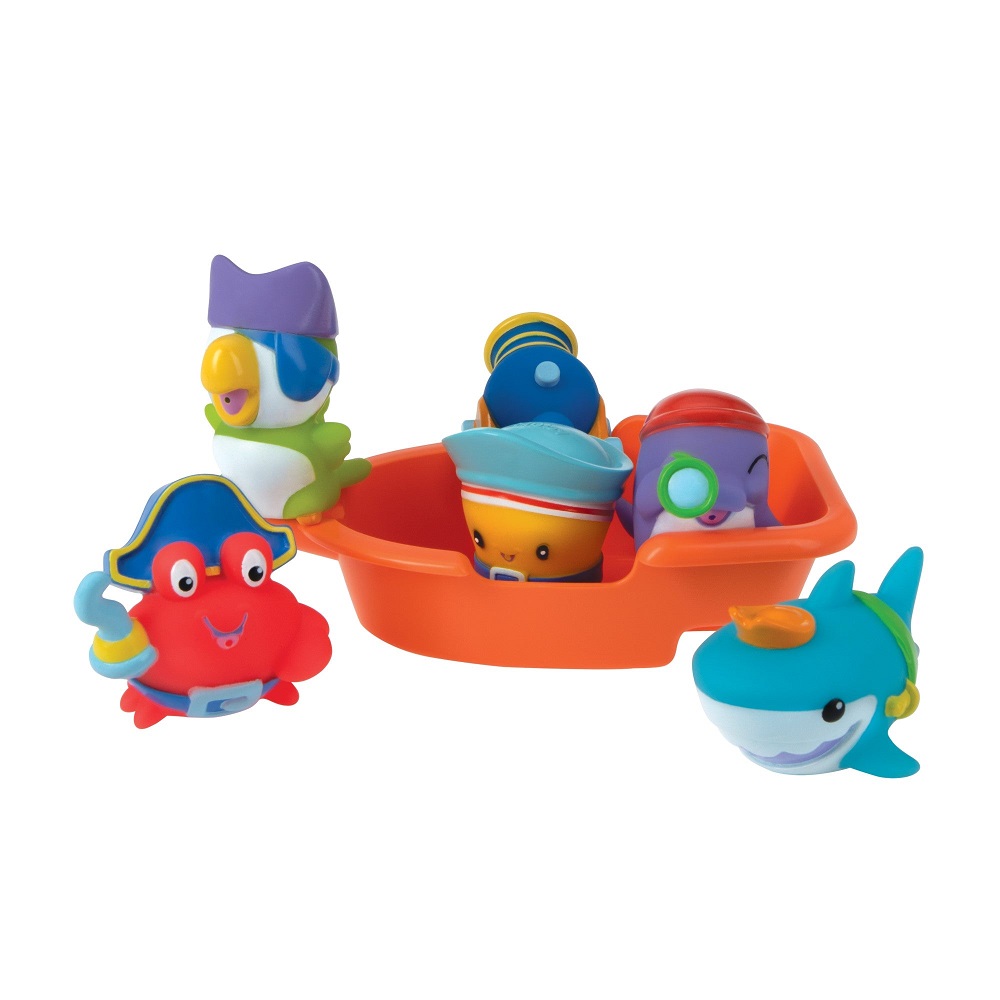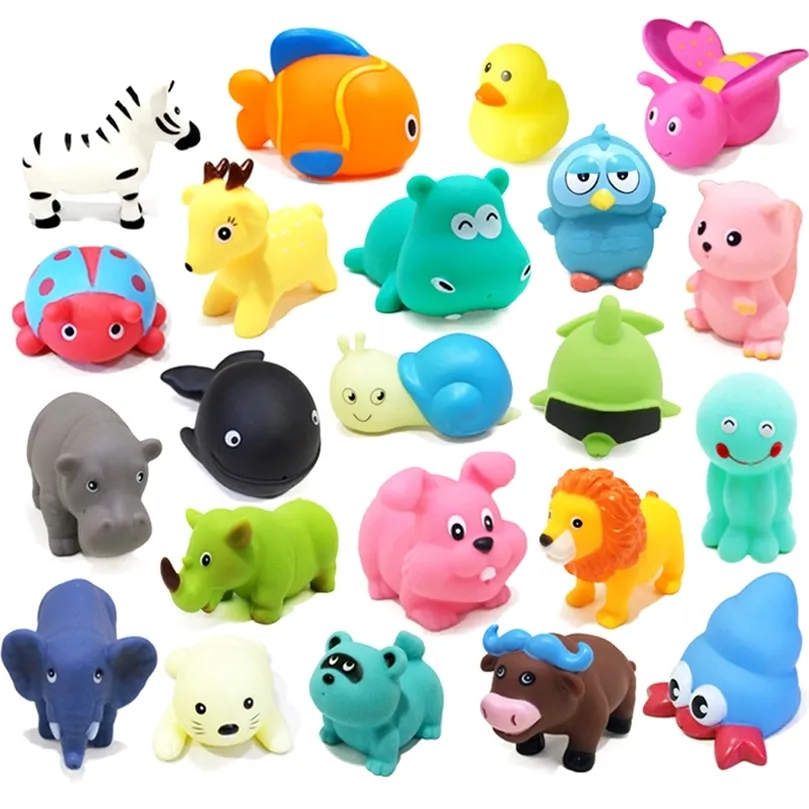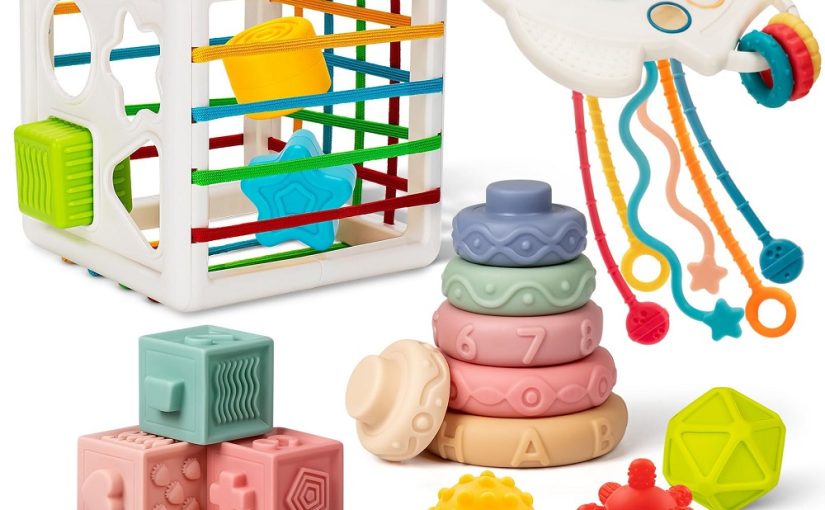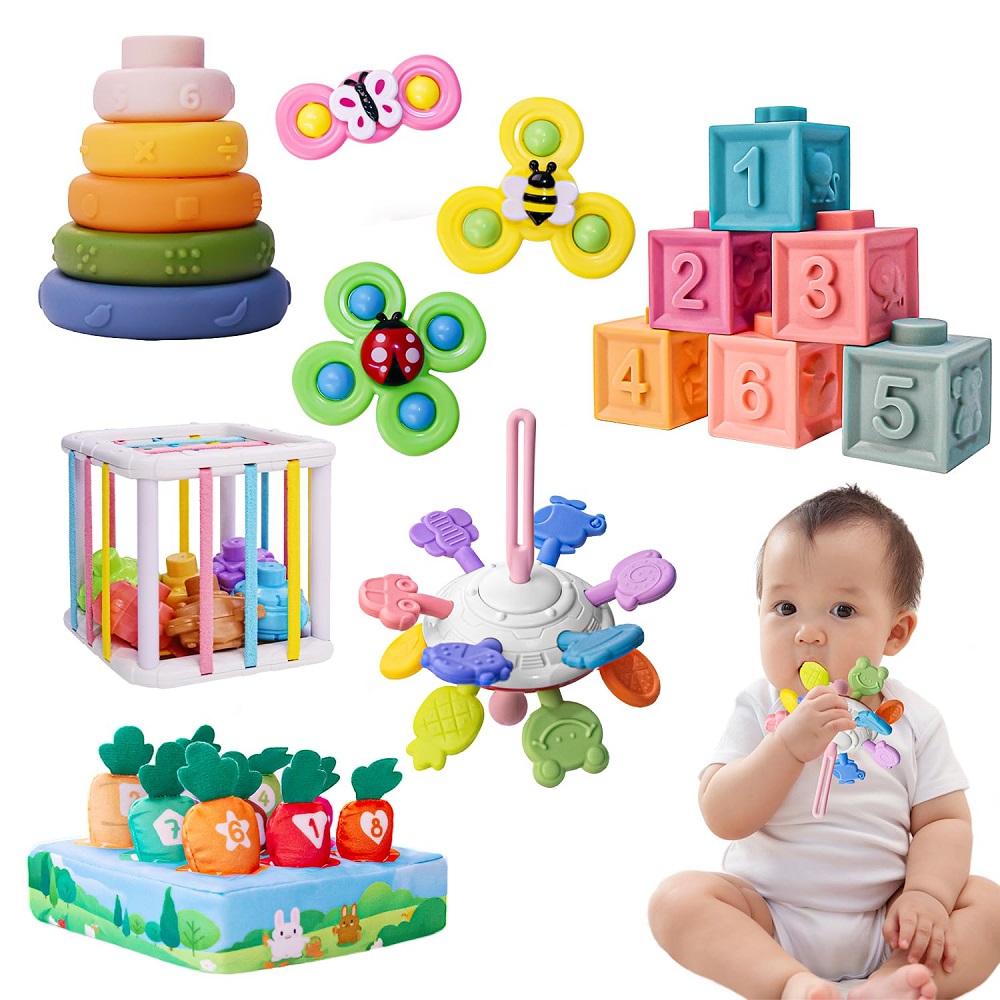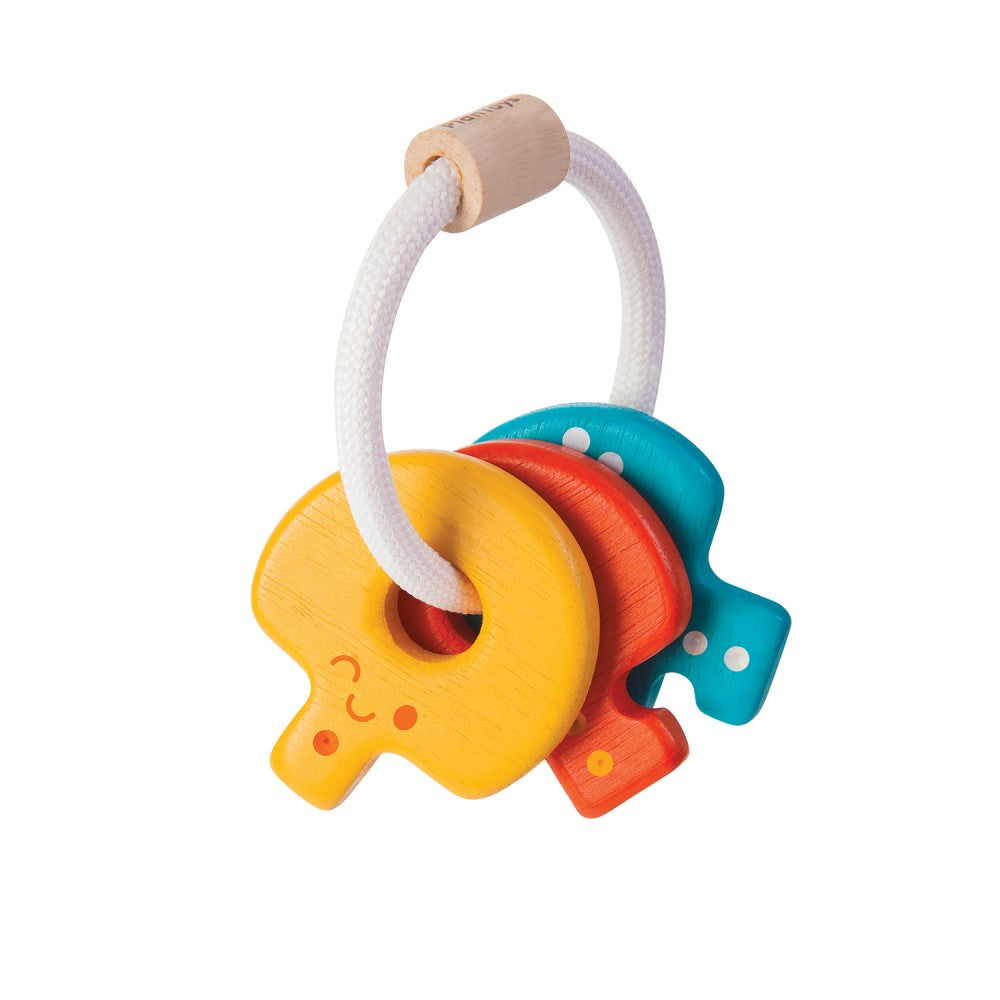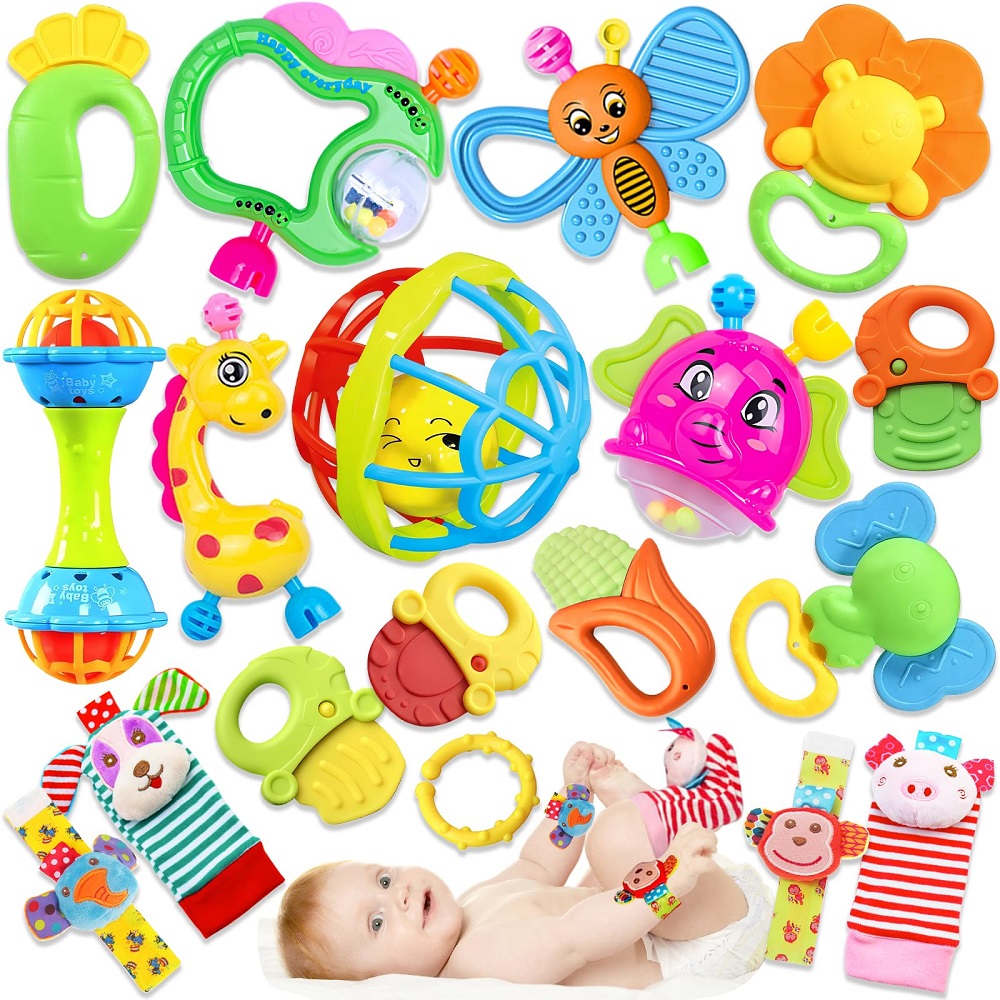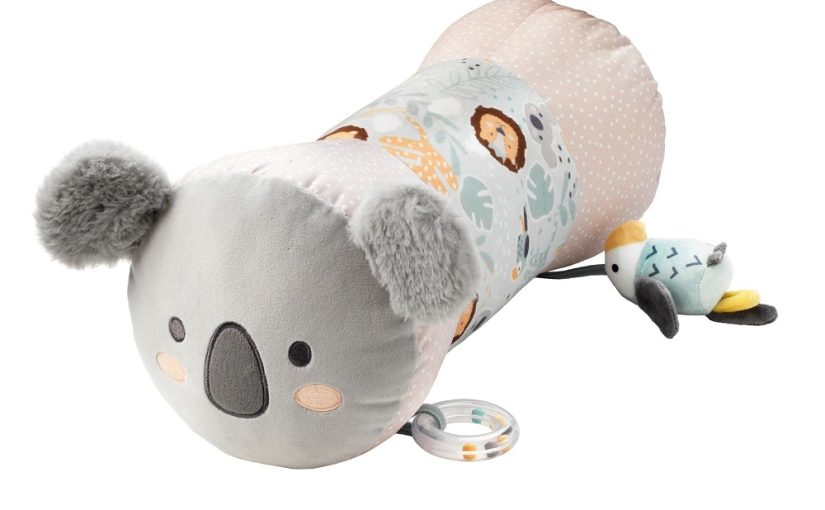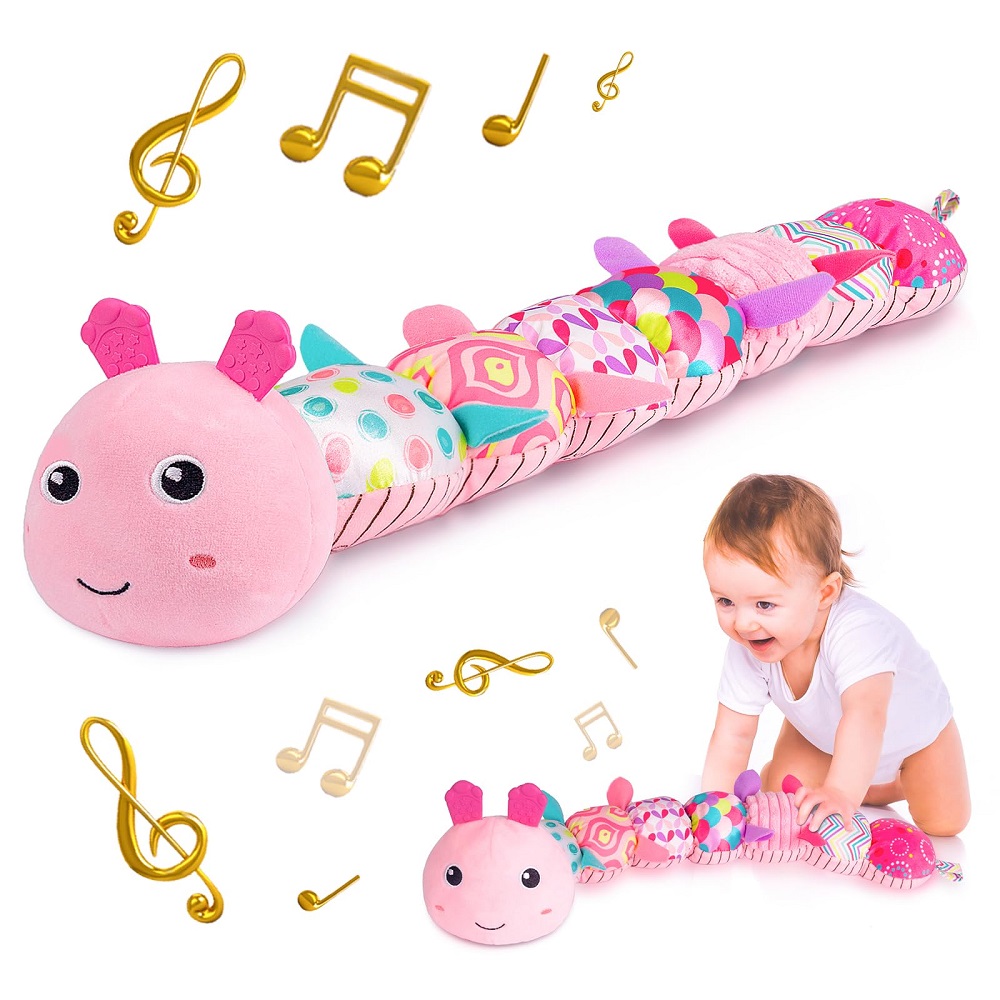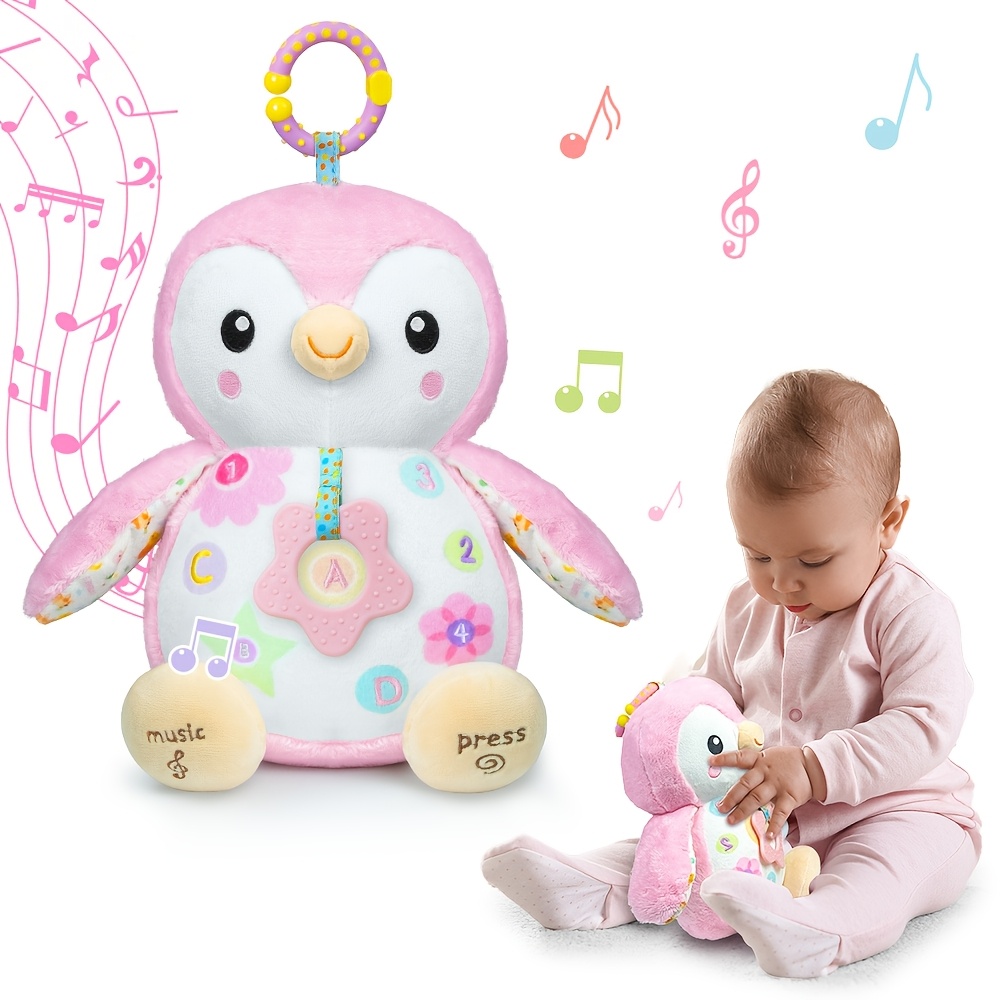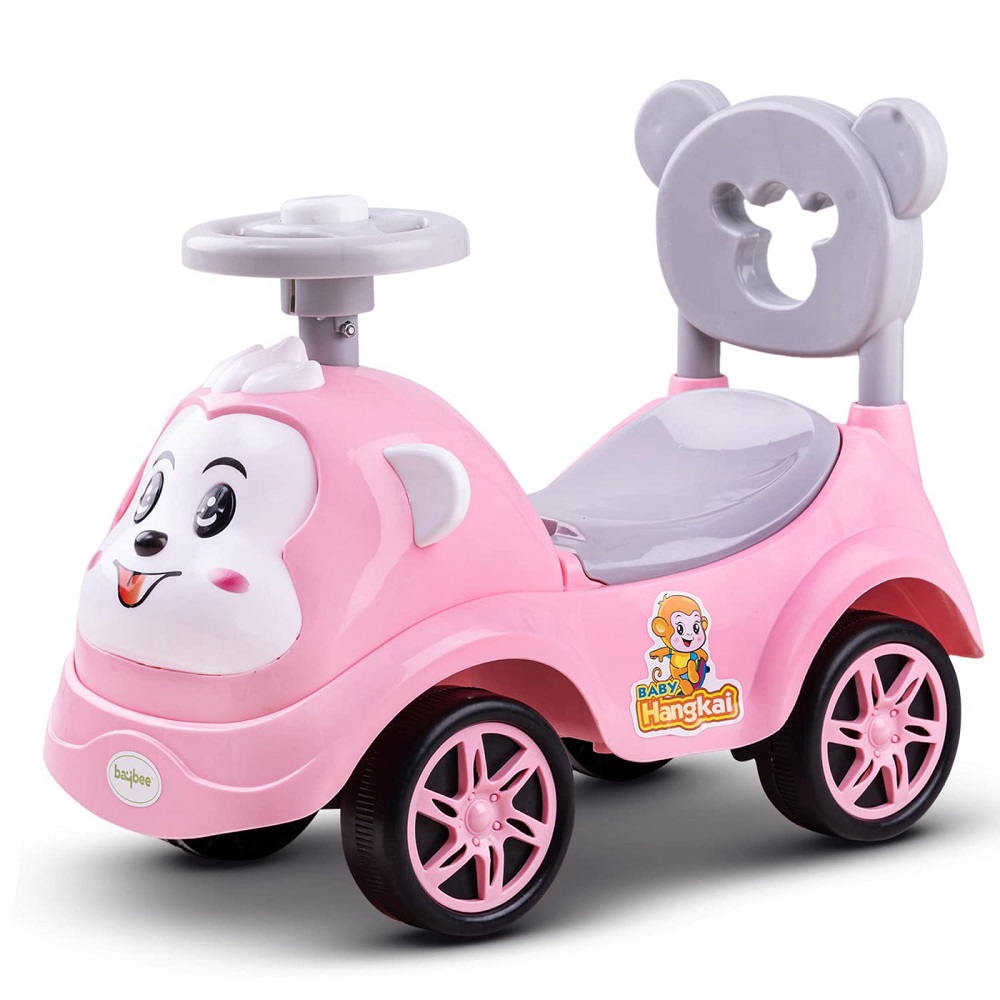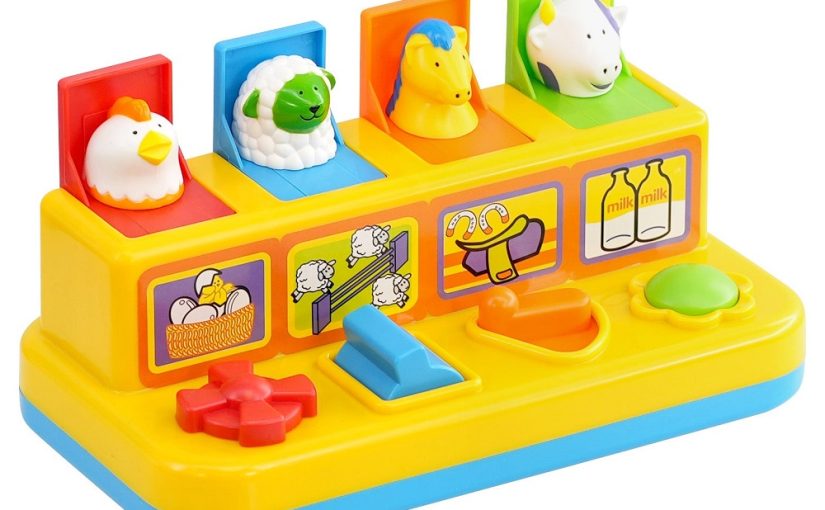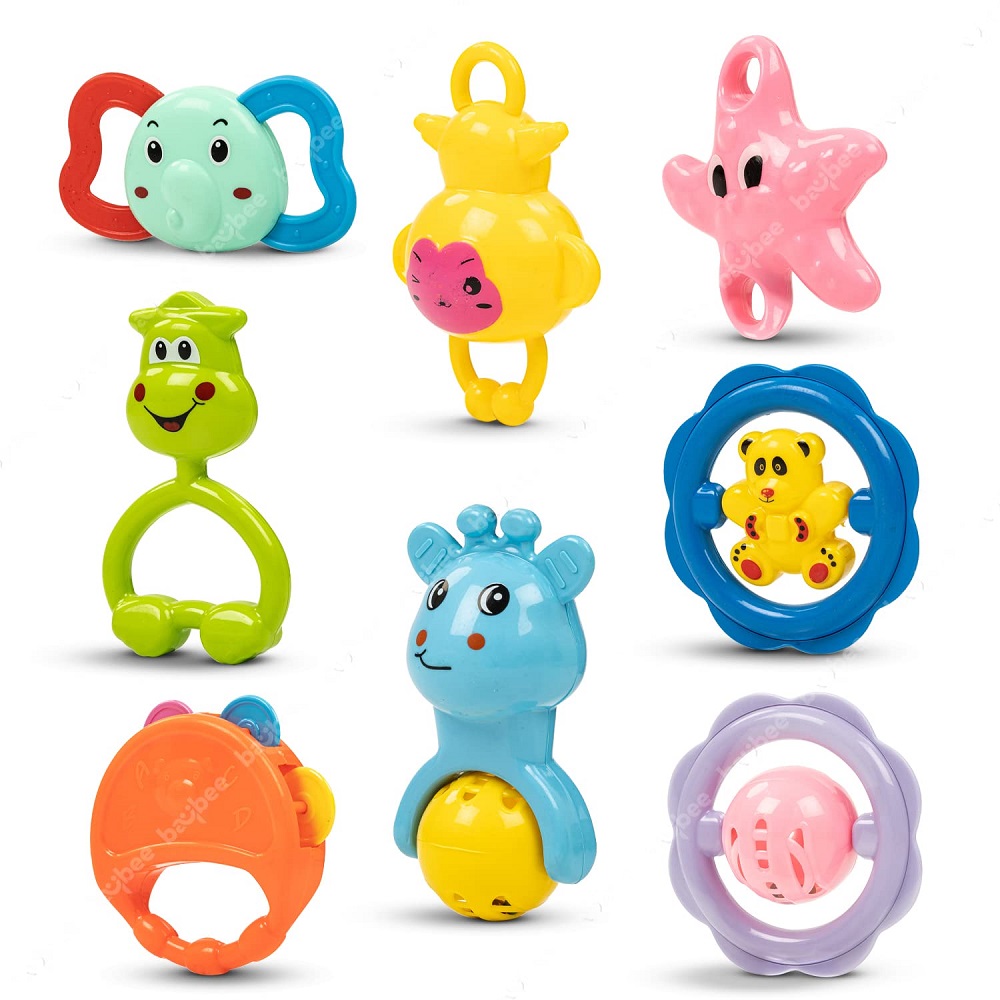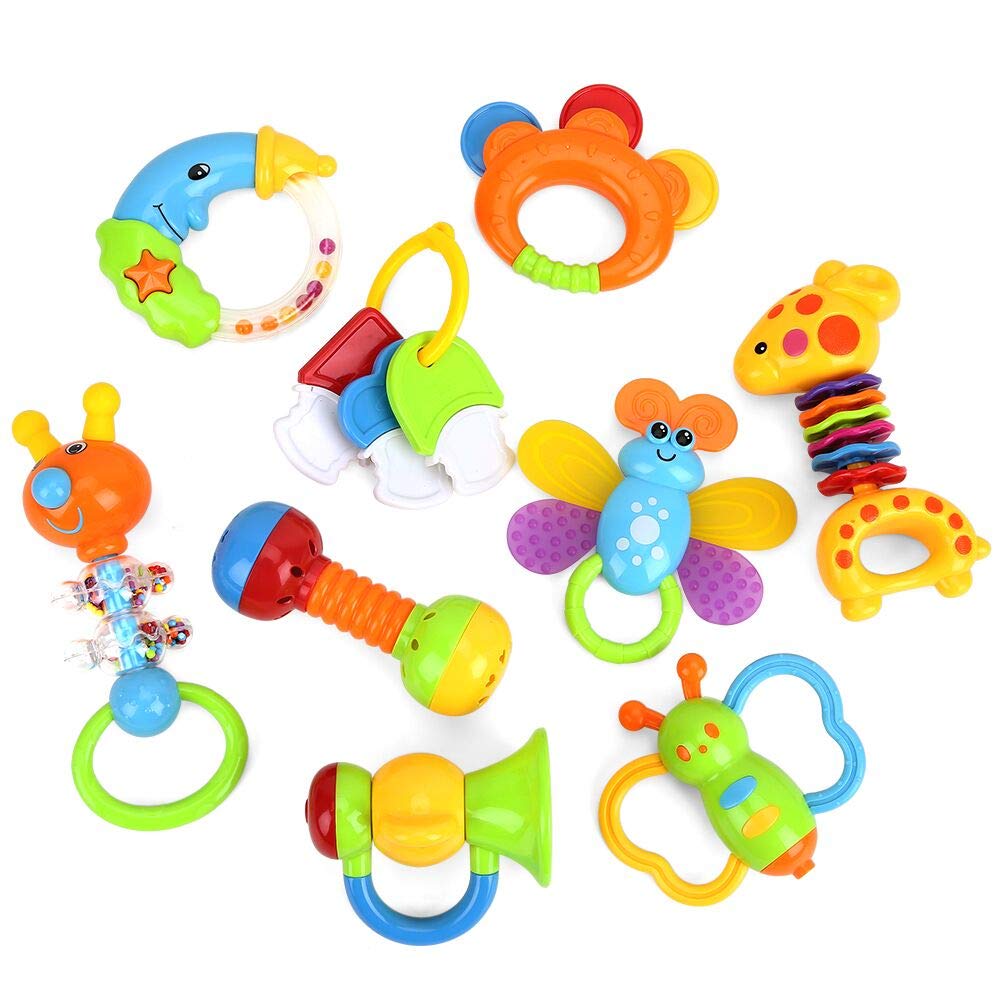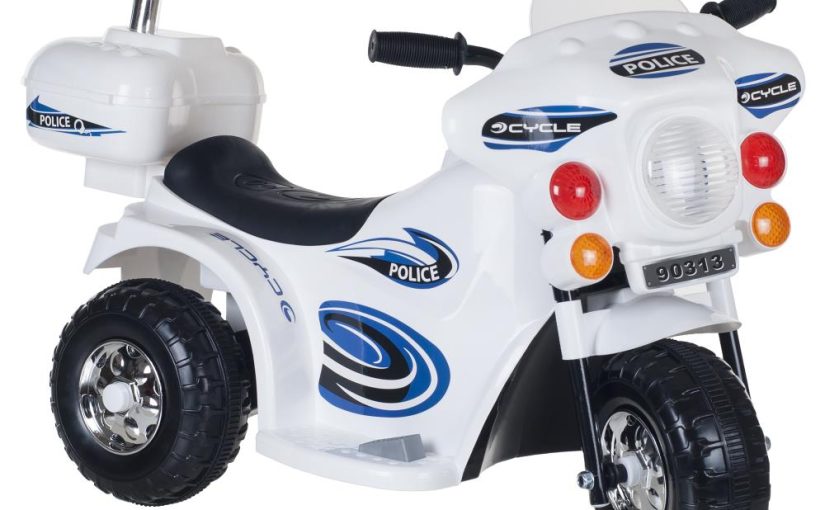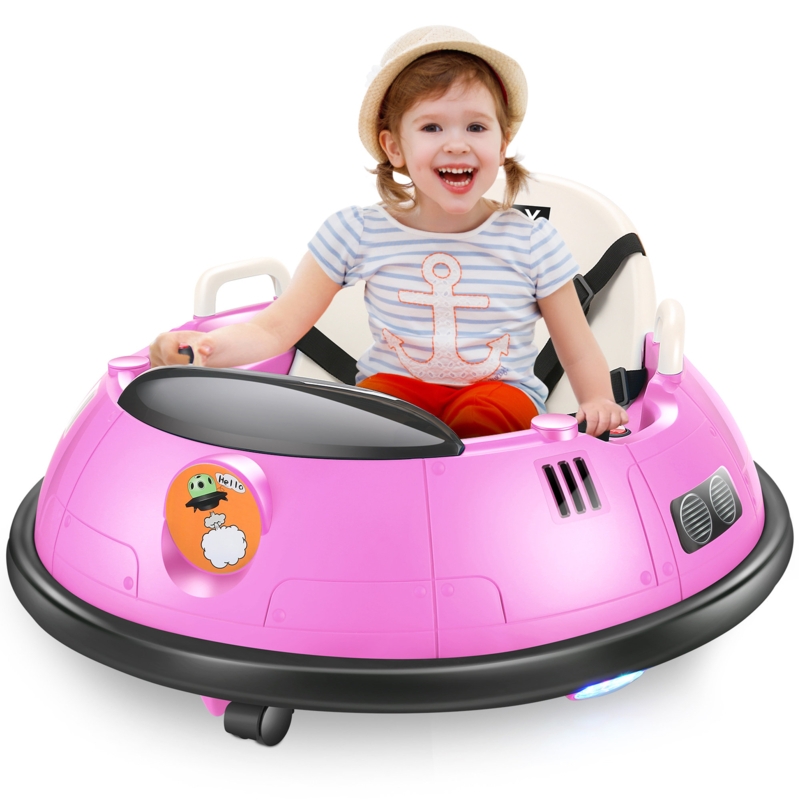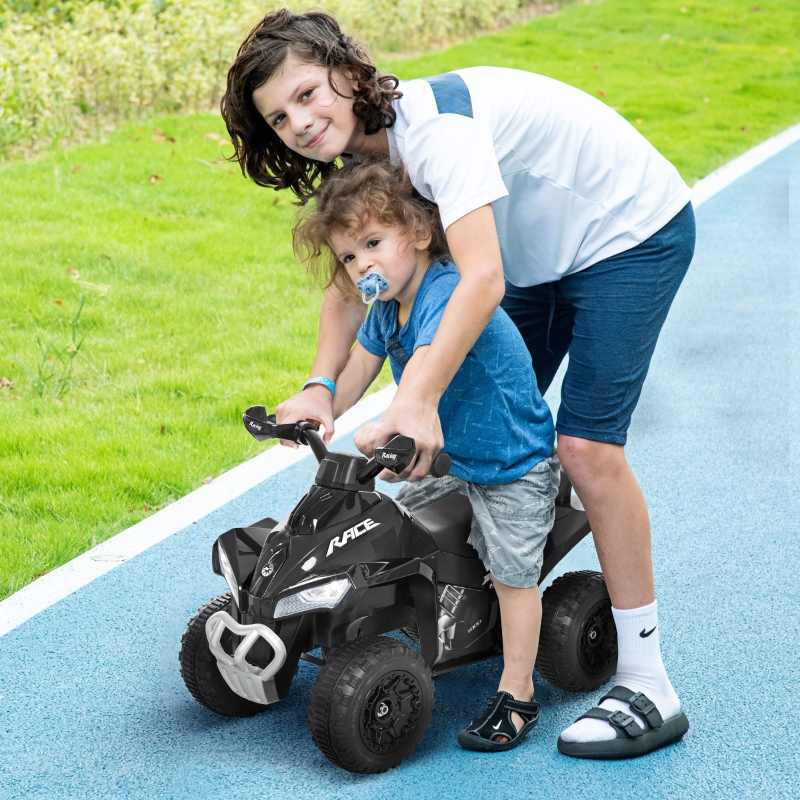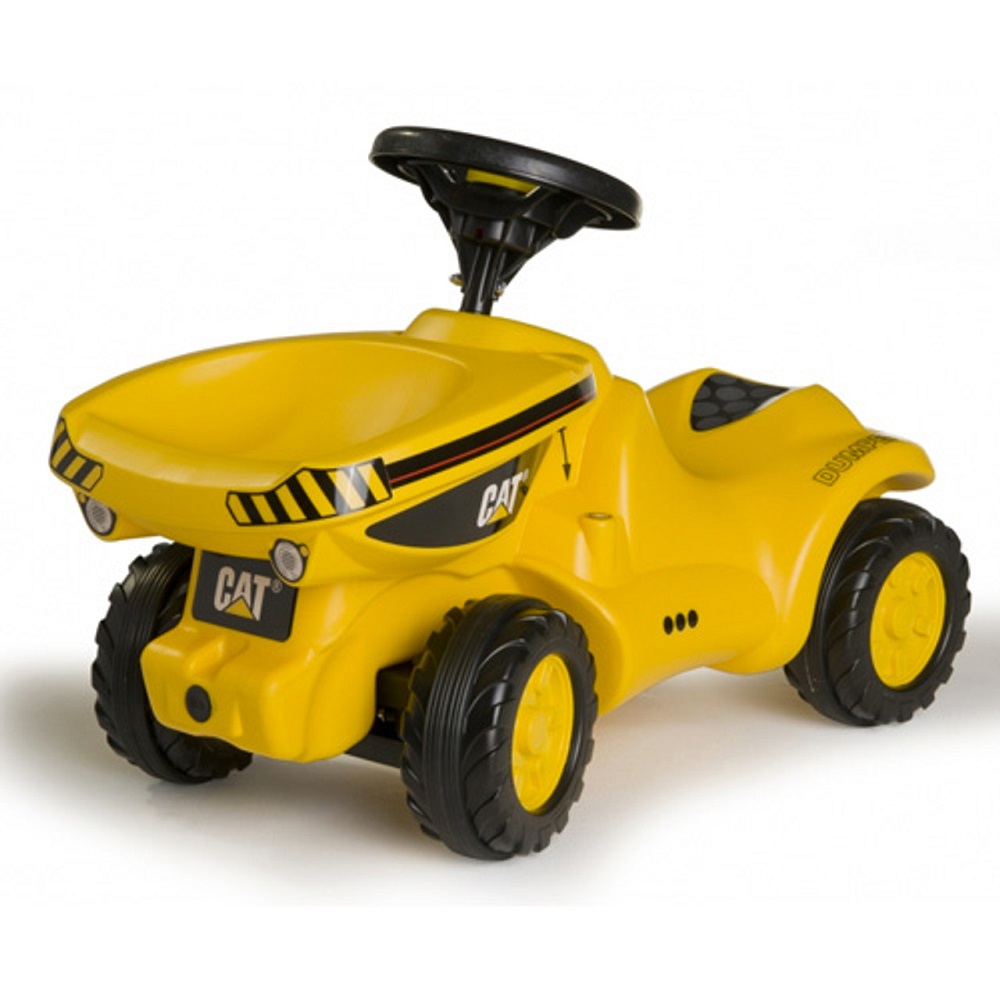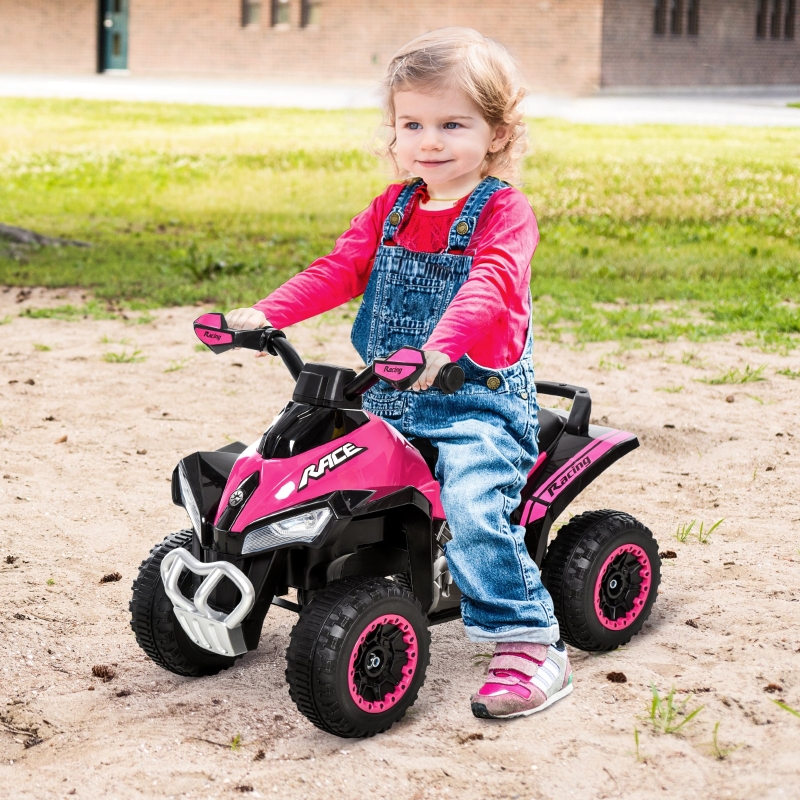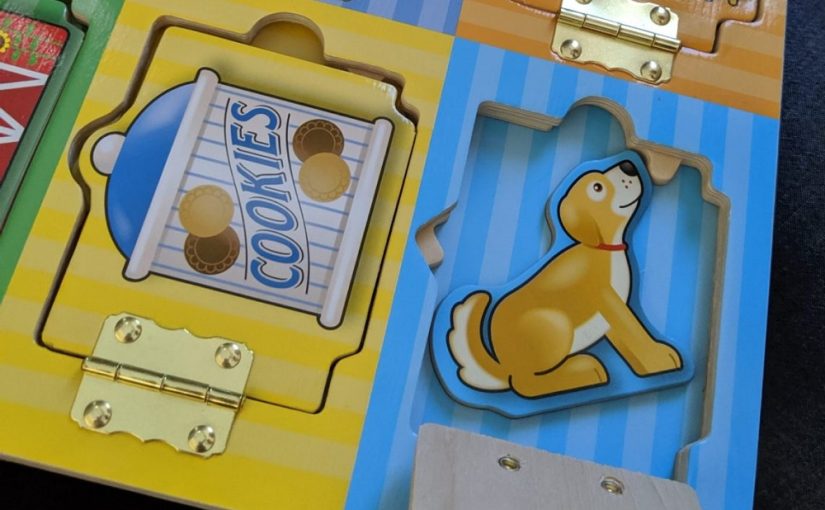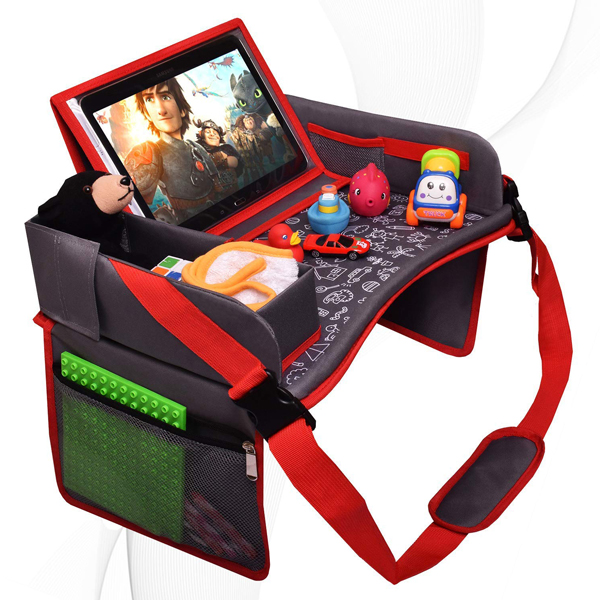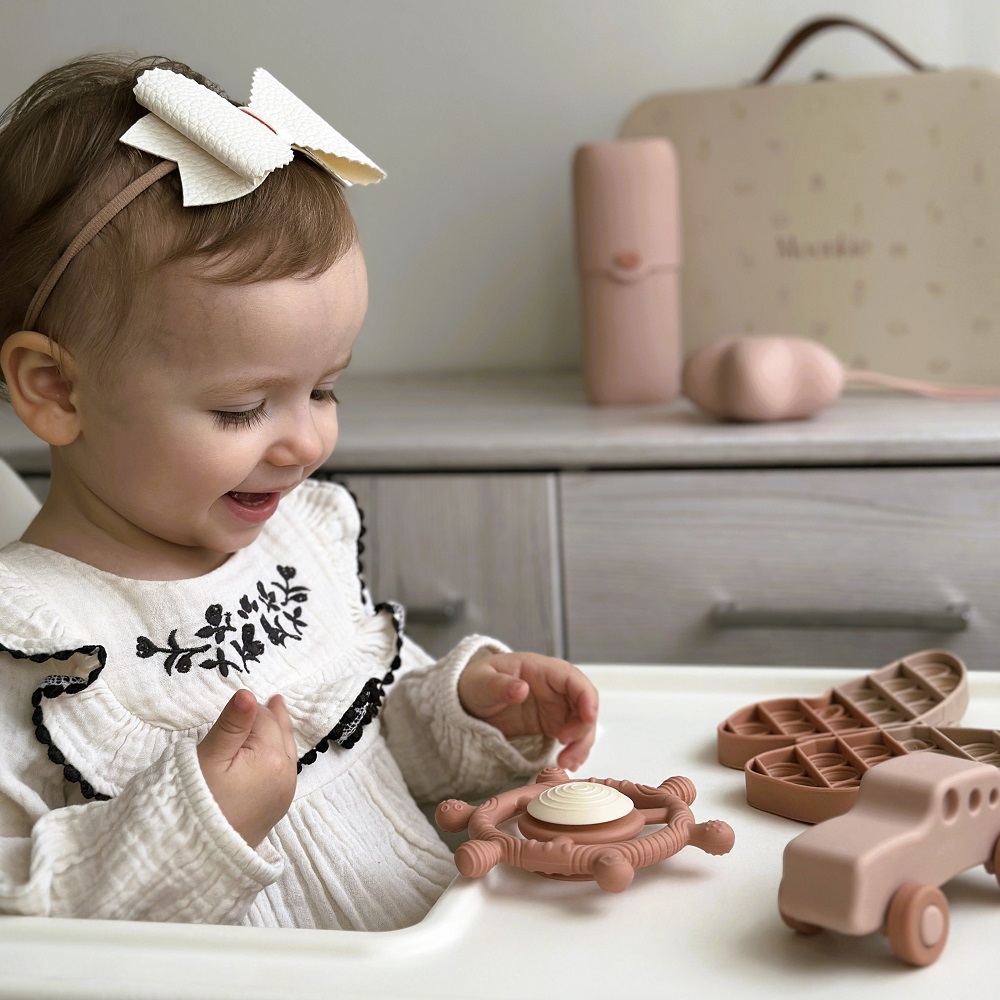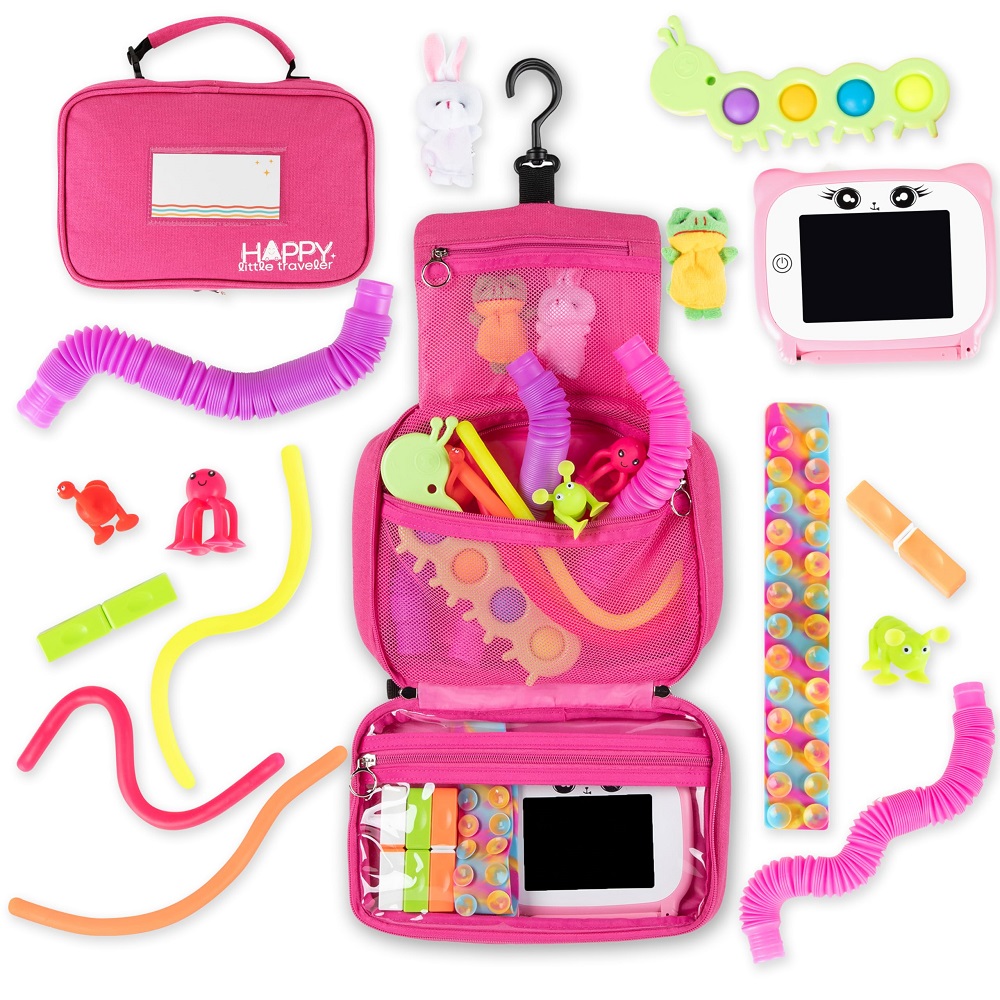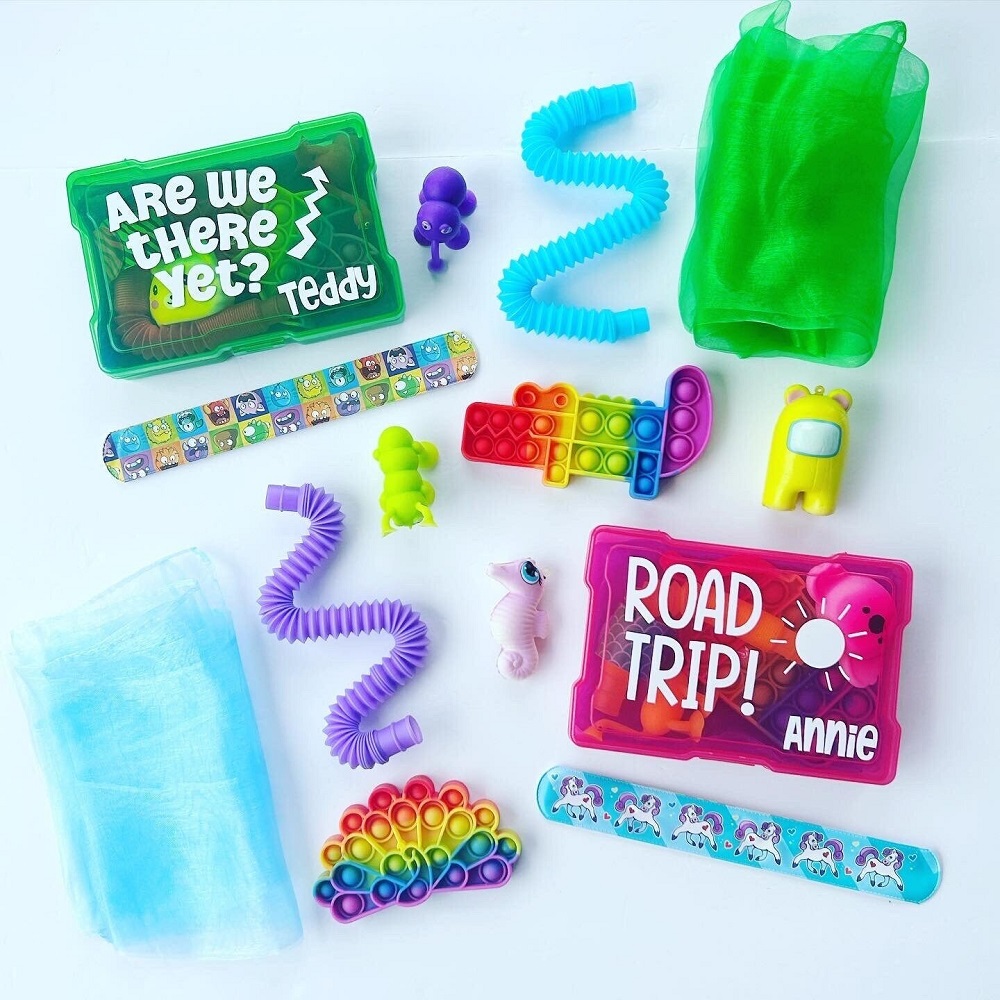Top Educational Toys for Developing Minds
When choosing toys for 1-year-old baby girl, it’s crucial to focus on materials that support learning and growth. Educational toys can play a vital role in fostering a developing mind. These toys often combine fun with foundational skills like problem-solving, recognition of shapes and colors, and basic logic.
Shape Sorters and Puzzles
Shape sorters and simple puzzles are excellent educational toys. They help toddlers recognize different shapes and colors. As little ones figure out where each piece goes, they refine their motor skills and problem-solving abilities.
Stacking Blocks
Stacking blocks are timeless educational tools. They teach size and order and improve hand-eye coordination. Girls enjoy stacking them up and knocking them down, learning cause and effect in the process.
Learning Walkers
A learning walker is more than just a means to get around. Many come with interactive panels that feature numbers, letters, and music. This combo helps build strength and balance while also introducing basic literacy and numeracy.
Musical Instruments
Simple musical instruments, like xylophones or drums, engage little ones in sound exploration and rhythm. Playing these can enhance auditory development and an early love for music.
Board Books with Sensory Elements
Board books with textured pages or interactive elements invite toddlers to touch, feel, and learn. Stories with bold pictures and simple text promote language skills.
These educational toys for 1 year old baby girl not only entertain but also help build a strong foundation for future learning. They’re a smart investment in a child’s early years and can provide endless hours of fun and exploration.

Sensory Play: Toys That Stimulate the Senses
Sensory play is key for a 1-year-old’s development. It involves toys that stimulate touch, sight, hearing, taste, and smell. These toys for 1 year old baby girl help to build neural connections in the brain’s pathways. This is vital for complex learning tasks later on. Here are some of the best sensory toys to consider.
Textured Balls
Textured balls of various sizes and materials offer tactile feedback. As girls touch and grip them, they explore different sensations.
Water and Sand Tables
These tables encourage hands-on play with different textures. They can scoop, pour, and splash, which is both fun and educational.
Scented Toys
Toys with different scents can enhance the sense of smell. They should be non-toxic and safe for young children.
Light-Up Toys
Toys that flash or glow when touched keep a toddler’s attention. They help with visual tracking and introduce cause and effect.
Musical Toys with Different Textures
Toys that play sounds and have various surfaces to touch are great. They mix auditory and tactile stimulation, which can be captivating.
By incorporating sensory toys into playtime, you ensure a rich learning experience. It’s important to choose toys that are safe and suitable for this age group. Always supervise play to ensure your little one is playing safely. Sensory toys not only educate but also enchant, offering hours of fun.
Classic Toys with a Modern Twist
Nothing beats the charm of classic toys, but when they are infused with today’s technology, they become even more engaging. While traditional playthings have stood the test of time, these updated versions offer new learning opportunities and ways to captivate the imagination of a 1-year-old baby girl.
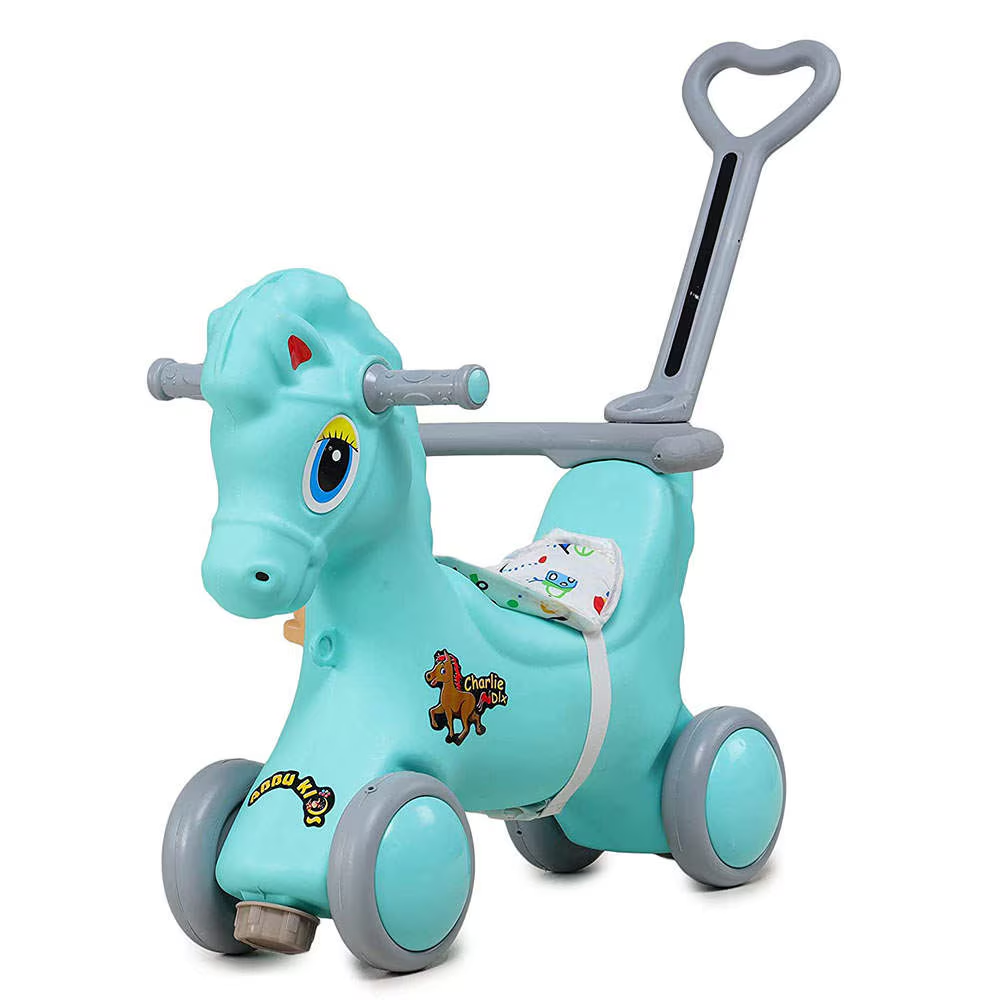
Updated Dollhouses with Interactive Features
Modern dollhouses come with lights, sounds, and even smart device integration. Little girls can enjoy rearranging furniture while hearing the dollhouse come to life.
Digital Learning Tablets for Toddlers
Instead of the old-school blackboard, current-generation tablets offer interactive apps. These engage toddlers in reading, math, and drawing, making learning more fun.
Classic Wooden Trains with Connectivity
Wooden train sets now often include tracks that can be controlled via an app. This technology introduces toddlers to early STEM concepts.
Puzzles with Augmented Reality
By using a smart device, traditional puzzles can turn into 3D experiences. Toddlers can see their puzzle creations leap off the page.
Teddy Bears with Voice Recording
Classic teddy bears now come with the ability to record and play back voices. This can be a comforting feature for little ones as they play.
Toys for 1 year old baby girl that are rooted in tradition but updated with modern twists provide timeless enjoyment while keeping in step with technological advancements. They blend the best of both worlds, offering familiarity and innovation in each playful experience.
The Best Interactive Toys for Cognitive Development
Interactive toys are essential for the cognitive development of a 1-year-old baby girl. They not only bring joy but also enhance learning and brain growth. These toys are designed to encourage thinking, understanding, and problem-solving skills in fun and exciting ways. Let’s explore some of the top interactive toys that are perfect for encouraging cognitive development in young toddlers.
Interactive Storybooks
Storybooks that talk or make sounds when pages are turned captivate toddlers’ attention. They improve language skills and comprehension.
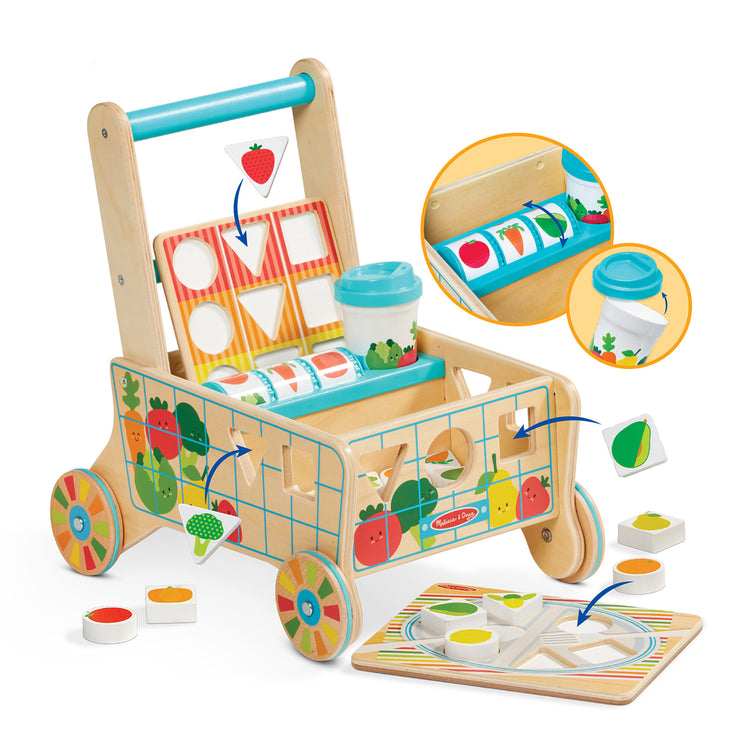
Electronic Learning Toys
Toys that ask questions and respond to a child’s input teach cause and effect. They are great for teaching basic concepts.
Shape and Color Sorting Toys
These challenge toddlers to match shapes and colors, which enhances their cognitive skills and critical thinking.
Memory Games
Simple memory games with bright images help improve concentration and brain development in toddlers.
Interactive Play Mats
Play mats with different textures, sounds, and lights stimulate multiple senses and promote cognitive growth.
Interactive toys provide a blend of fun and education, making them ideal choices for toys for 1-year-old baby girl. By integrating these types of toys into playtime, parents and caregivers can help lay the groundwork for a child’s future learning and development. It’s also important to ensure that these interactive toys are safe for play and age-appropriate to maximize their benefits.
Safe and Durable Toys for Active Playtime
Safety and durability are top priorities when selecting toys for 1 year old baby girl. As toddlers are full of energy and curiosity, it’s essential to provide toys that can withstand rough play while protecting them from potential hazards. Here are some of the safest and most durable toys ideal for active playtime.
Non-Toxic Materials
Always choose toys made from non-toxic materials. This ensures that they are safe for little ones who love to explore with their mouths. Look for toys with safety certifications to guarantee they are free from harmful chemicals.
Sturdy Construction
Toys with a solid build will not break easily. They can handle being tossed, dropped, and stepped on without falling apart. This durability is especially important for items like pull-along toys and ride-ons.
Soft-Edged Toys
Choose toys with smooth, rounded edges over sharp corners. Soft-edged toys minimize the risk of injuries during active play sessions. Foam blocks and rubber play mats are great options.
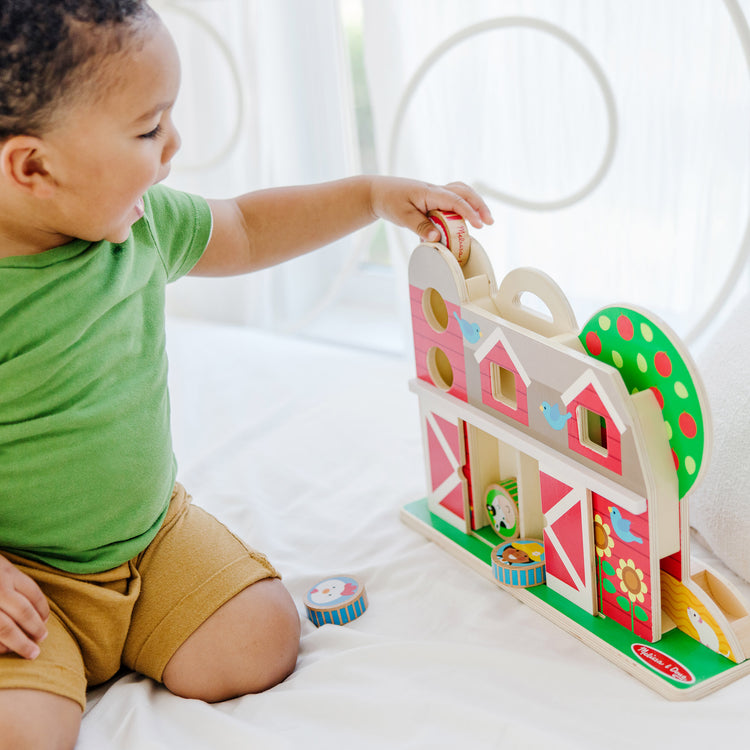
Age-Appropriate Design
Make sure toys are age-appropriate to reduce the risk of choking hazards. Avoid toys with small parts and opt for those with larger, easy-to-grasp elements suitable for a 1-year-old’s abilities.
Outdoor Play Essentials
Durable toys for outdoor play, such as balls and tricycles, allow toddlers to develop their gross motor skills. They should be made from weather-resistant materials that can endure the elements.
By choosing safe and durable toys for 1 year old baby girl, you promote healthy play and protect your child. It’s a balance that ensures peace of mind for parents and endless fun for toddlers.
Toys That Encourage Creativity and Imagination
Fostering creativity and imagination is essential in the early stages of development. Toys for 1 year old baby girl should not only be fun but also inspire little minds to explore and create. Here are toys that encourage these important skills.
Art Supplies for Tiny Hands
Crayons, washable markers, and large sheets of paper are perfect for scribbling and drawing. These tools help toddlers express themselves visually and develop fine motor skills.
Building Sets with Large Blocks
Large, easy-to-hold building blocks allow girls to construct and design their own structures. This encourages imaginative play and an understanding of spatial relationships.
Dress-Up Clothing and Role Play Toys
Costumes and props let toddlers step into different roles and scenarios. They can pretend to be characters from simple storybooks, fostering narrative thinking.
Puppet Theaters
Puppet theaters give a stage to colorful characters. Kids can put on their own shows, bringing stories to life and evolving social and verbal abilities.
Play Kitchens and Food Sets
A play kitchen with toy food helps in understanding the world around them. It also allows for role play, which is key to developing social skills and empathy.
Incorporating these toys into a 1-year-old girl’s playtime can greatly enhance creativity and imagination. Such play experiences lay the groundwork for innovative thinking and problem-solving later in life. Always check for age-appropriateness and safety to ensure a positive play environment.
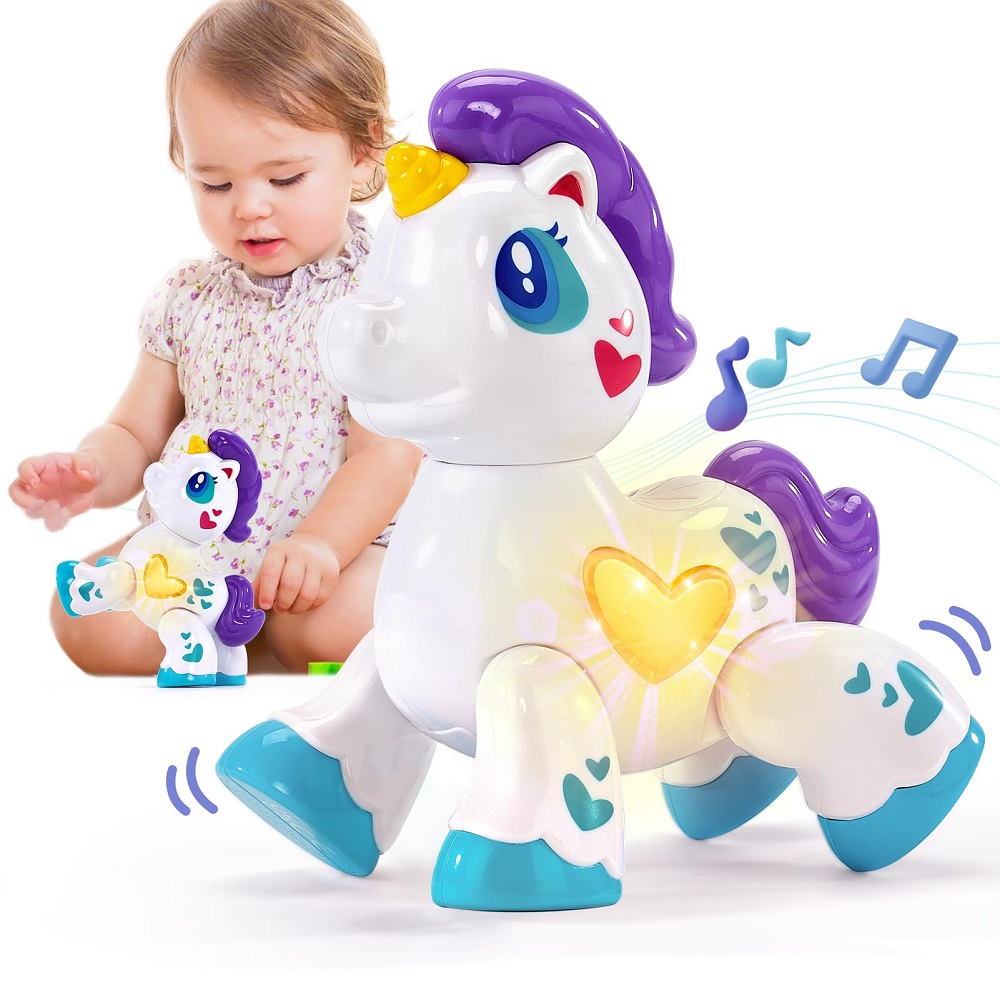
Popular Characters and Themes in Toddler Toys
Selecting the right toys for 1-year-old baby girl often involves popular characters and themes. These familiar faces can create an immediate connection and enhance the play experience. Here are some themes and characters that tend to captivate toddlers.
Disney Princesses and Fairytale Characters
Toys featuring Disney Princesses or other fairytale characters are a hit. They spark imagination and bring stories to life.
Animals and Nature
Toys with animal themes teach toddlers about wildlife and nature in a fun way.
Superheroes and Adventure Figures
Even at a young age, superhero toys can inspire play about heroism and adventure.
Educational Characters from Kids’ Shows
Characters from educational tv shows can be both comforting and instructive.
Interactive Dolls and Action Figures
Dolls and action figures that resemble children’s favorite characters enrich role-playing scenarios.
Vehicles and Machines from Cartoons
Little girls often enjoy playing with toy vehicles that tie into cartoons they watch.
Integrating play with characters and themes from a child’s favorite shows can be very engaging. These toys for 1-year-old baby girl not only provide entertainment but also help in developing a sense of familiarity and affection for certain characters. However, while choosing such themed toys, it’s important to ensure they are appropriate for the child’s age and safety.
Gift Ideas: Toys That Make Great Presents for Little Ones
Finding the perfect gift toys for 1-year-old baby girl can be a delightful challenge. You want to spark joy in her curious mind while ensuring the toy is beneficial for her development. Here are some suggestions that combine fun, education, and imagination, and would make excellent presents for little ones.
Personalized Storybooks
Books that include a child’s name can make reading a personal adventure. They can see their name woven into the story, making the reading experience special and exciting.
Activity Gyms
These are packed with features that encourage movement and coordination. The colors, shapes, and varied textures provide a playground for the senses.
Plush Toys with a Learning Twist
Soft toys that also teach, like talking animals or dolls, are great companions. They can help in teaching words and concepts in a cozy way.
Push and Pull Toys
Toys that move encourage physical activity and stimulate motor skills. They keep toddlers engaged as they navigate their space.
Bath Toys
Make bath time fun with toys designed for water play. Choose colorful, floatable toys that are easy to clean and safe for babies.
By choosing any of these toys for 1-year-old baby girl, you give a gift that entertains, educates, and endears. It is important to remember that while toys should be an avenue for fun, they must also be safe, non-toxic, and suited for her developmental stage.
Engaging and Developmentally Rich Playtime
In conclusion, selecting toys for 1-year-old baby girl involves considering her developmental needs and safety. The right toys can enhance motor skills, cognitive development, and creativity while providing endless fun. Parents appreciate choices that promote learning and engagement while ensuring safety.
From stacking blocks to art supplies, there is a wide array of toys available that cater to different interests and developmental stages. Outdoor play options and interactive games contribute to a well-rounded experience, allowing children to explore and grow. By choosing the right toys, parents can foster a love for learning and play, nurturing their little ones as they embark on their exciting journey of development. The right toys not only entertain but also enrich a child’s life, laying a strong foundation for their future.
